We have traded the stuff for the adventure. We are making our own shift through a larger world in flux, and we find ourselves fitting into new skins about a half an hour outside of Amsterdam, and luckily, the Dutch excel at cheese.
 Dutch cheese lines a shelf.
Dutch cheese lines a shelf.
“The snake can also shed its skin, which we can imagine as a metaphor for the idea of the stages of life, or even the idea of successive lives.” ~ Mary Petiet, Minerva’s Owls
It would be all so easy if you had a map to the Maze. If the same old routines worked. If they’d just stop moving “The Cheese.” But things keep changing… ~Dr. Spencer Johnson, Who Moved My Cheese
Two weeks ago we finished shedding our skins and moved the cheese.
We are starting a new adventure. We have given away, sold, or donated most of our possessions. Right now we each have one trunk full of Important Things, one suitcase full of clothes, and six boxes of winter gear in transit to arrive at a later date.
All family heirlooms have been wrapped, boxed and stored in the attic, making me wonder if I am actually a curator for the next generation, but that is another story. We have rented our home of nearly 20 years to another family. We are traveling light. We have divided our time, relocating from my native Cape Cod, where we will return each summer like migratory birds, to my husband’s native Netherlands, where we will spend our winters.
We brought the children and the cat.
Shedding the skin took longer than moving the cheese. I think it started about a year ago, when we first took the idea of moving seriously. We thought about it, talked about it, imagined it, and finally last March we travelled as a family to Holland to really investigate it. We went native. We jumped on bikes, we looked at schools and houses and settled on a town we liked. The bikes offer a healthy freedom, the schools an excellent education in a child-centric world, and the entire place resonates with a safe calm. The Pilgrims left the Dutch town of Leiden for Plymouth in 1620. We could leave New England for Holland in a reverse migration.
Back in the states we decided to make it happen.
Starting this new adventure meant sprucing up the house for renting and clearing out almost 20 year’s worth of accumulated stuff. Each item shed represented another skin, especially my books. As we shed, we lightened the load both physically and emotionally, and the distinction between owning stuff and being owned by stuff became clear. It was a grand purge of stuff, a viking funeral of sorts, with the hope these things would continue to blaze on as someone else’s treasure. Gifting, yard sales, craigslist, donations and dump runs, for months on end it seemed.
How had a family of four accumulated so much?
Through all the shedding and the letting go, there was one profound moment, one hugely green, green light discernible as we let go of the hardest thing without intending to, our black pointer lab mix Daisy. We had every intention of bringing her with us, which is as complicated as you’re probably imagining, but two months before we left she was diagnosed with lymphoma. She died within two weeks.
I wonder if she didn’t want to leave her marshes and her sand flats. She was an ocean dog and we were heading to inland Holland. In the oddest way her surprising departure was a form of permission, a final shedding of the entire skin I’d wrapped myself in before, the comfortable skin of rambling beach walks and the smell of wet dog in the way back of my big American car.
If you’re heading out on a big adventure, it’s easier to move your cheese after you’ve said goodbye and shed your many, many skins.
In his book ‘Who Moved My Cheese’ Dr. Spencer Johnson presents an allegory featuring four mice who live in a predictable maze with a predictable hunk of cheese in a predictable place-until one day the cheese is moved to a new place, forcing the mice to adapt.
When the kids were little we saw ‘Who Moved My Cheese’ performed as a play by the Sunday school at the Barnstable Unitarian Church. The concept stuck, and every so often one of us would feel that feeling that comes with change and say, “Hey, who moved my cheese?”
We have been in Holland for two weeks. Right now our cheese is probably somewhere at the bottom of the harbor, and the absence of the old cheese is what is allowing the new cheese to age. Cheese takes time, it needs to cure in special places.
My husband ended up with a great job opportunity in the Netherlands. He is opening a Dutch office for his US company. My kids have the freedom of their bikes, are making friends, and have started attending excellent Dutch schools, which is an amazing academic opportunity for them. They’re finding their cheese as they learn Dutch and each Dutch word they gain grows a bit more new skin to cover the tender bits where the old skin shed. We are staying in at my in-laws house in a beautiful town called Laren, which I think of as a sort of Osterville without the sea, until our own house in the adjoining town of Bussum is ready next week.
We have traded the stuff for the adventure. We are making our own shift through a larger world in flux, and we find ourselves fitting into new skins about a half an hour outside of Amsterdam, and luckily, the Dutch excel at cheese.
Mary Petiet is a reporter, writer and story teller. Her work is frequently inspired by her native Cape Cod, where she covers the local farm beat for Edible Cape Cod magazine. Mary is the author of Minerva’s Owls (Homebound Publications, April 2017), a book remembering the divine feminine to reenvision the world. She is currently headquartered in The Netherlands.
http://www.marypetiet.comhttps:// http://www.facebook.com/MaryPetiet/
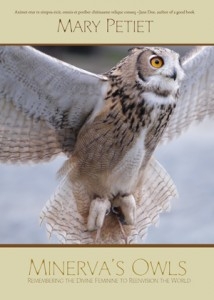


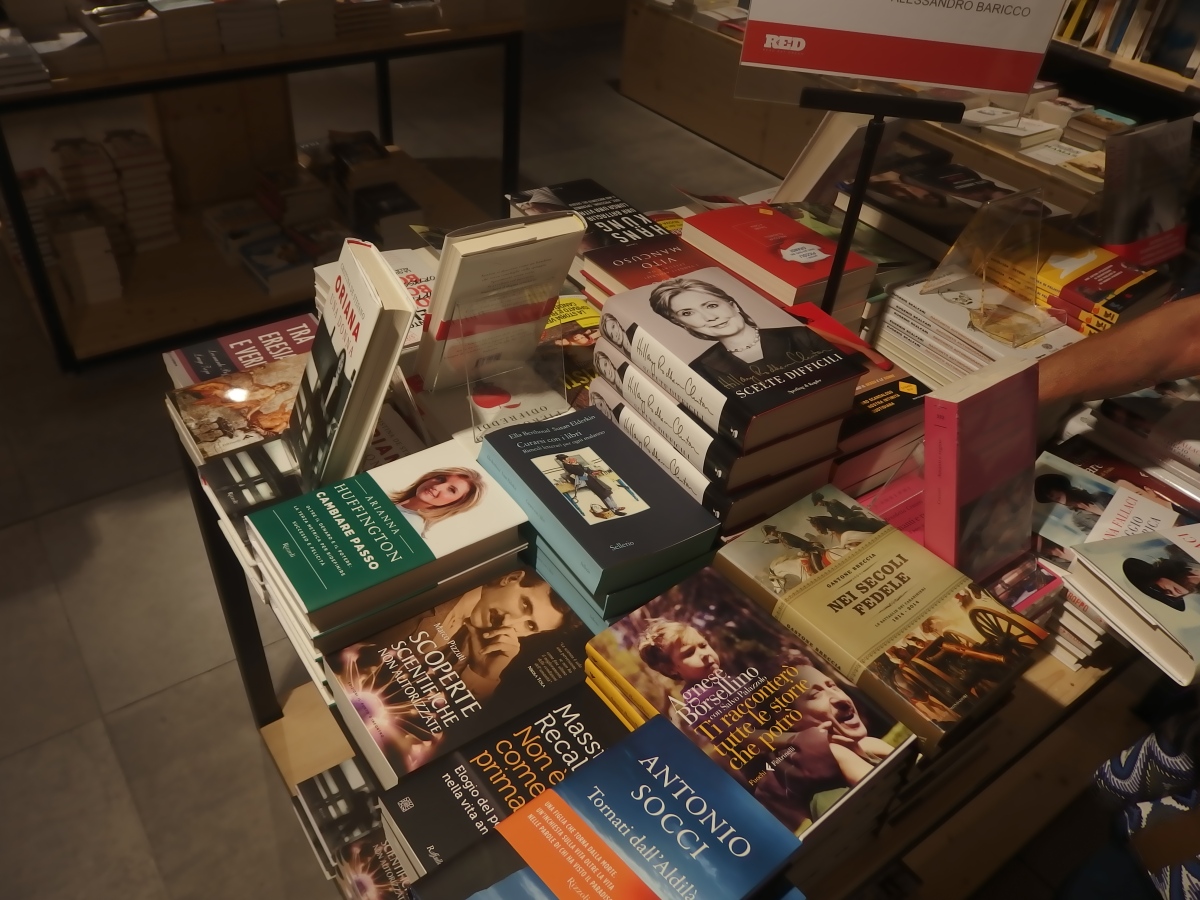




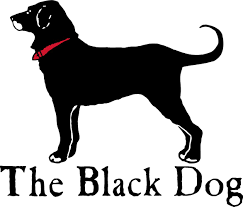


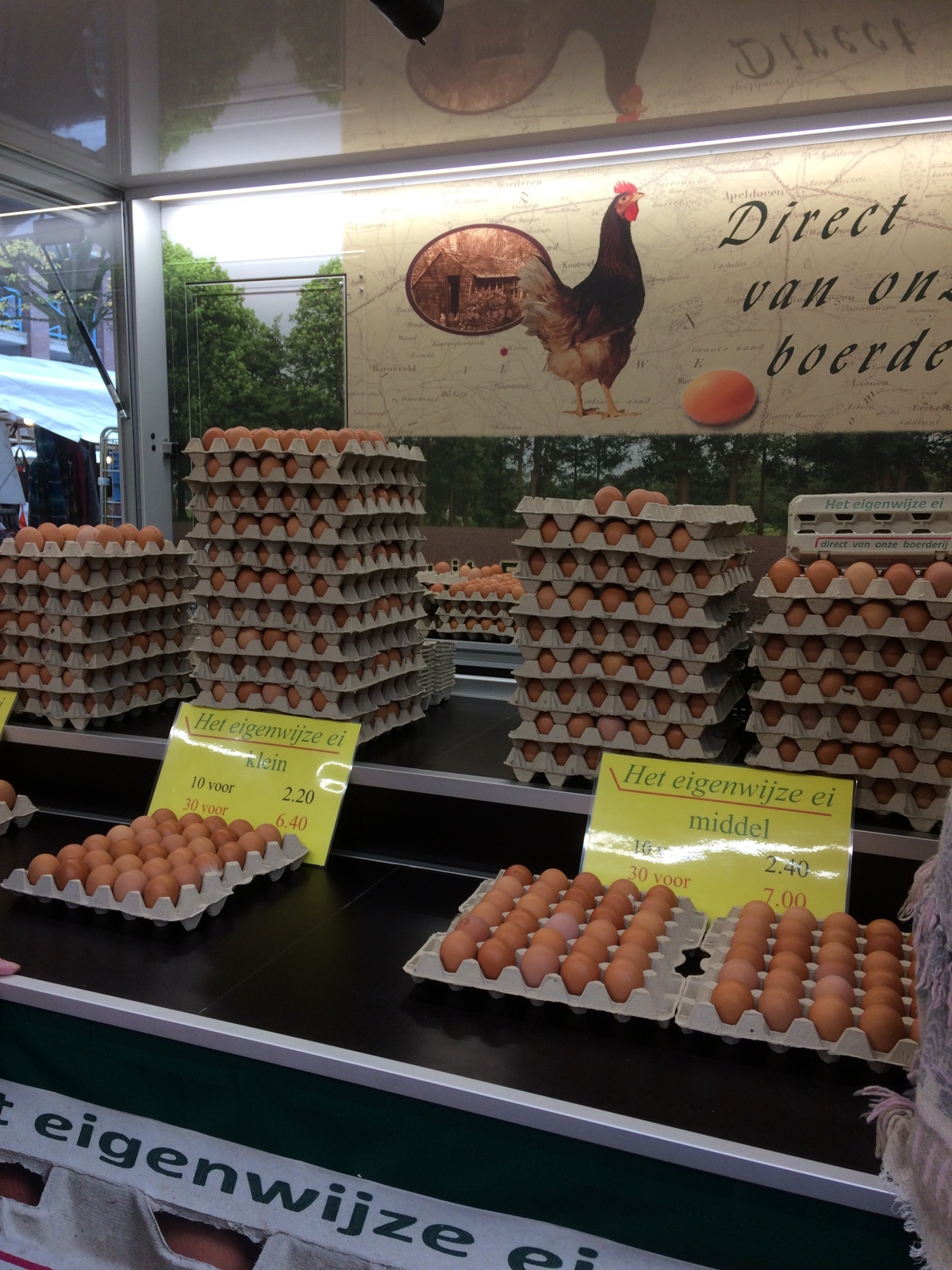

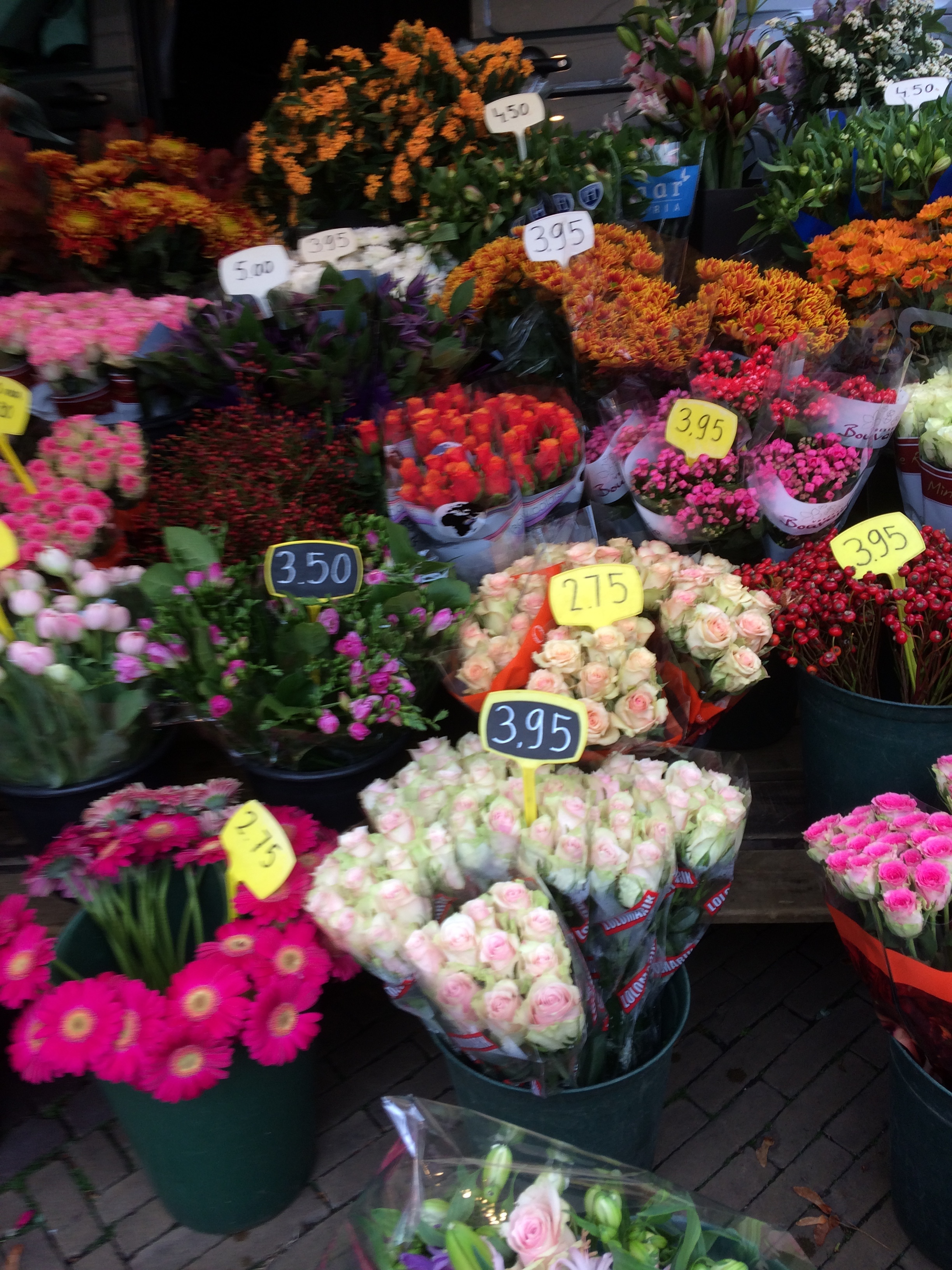

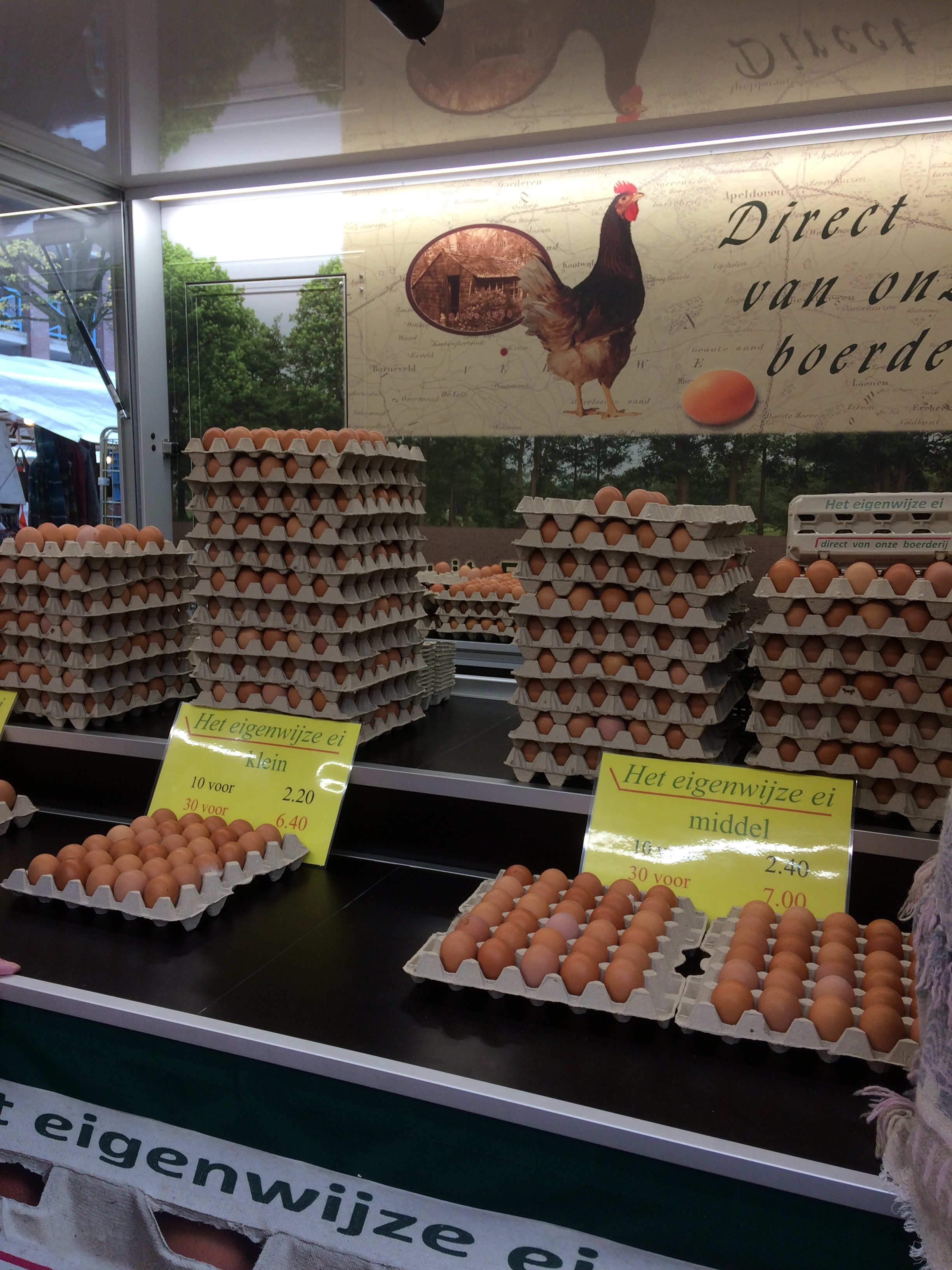
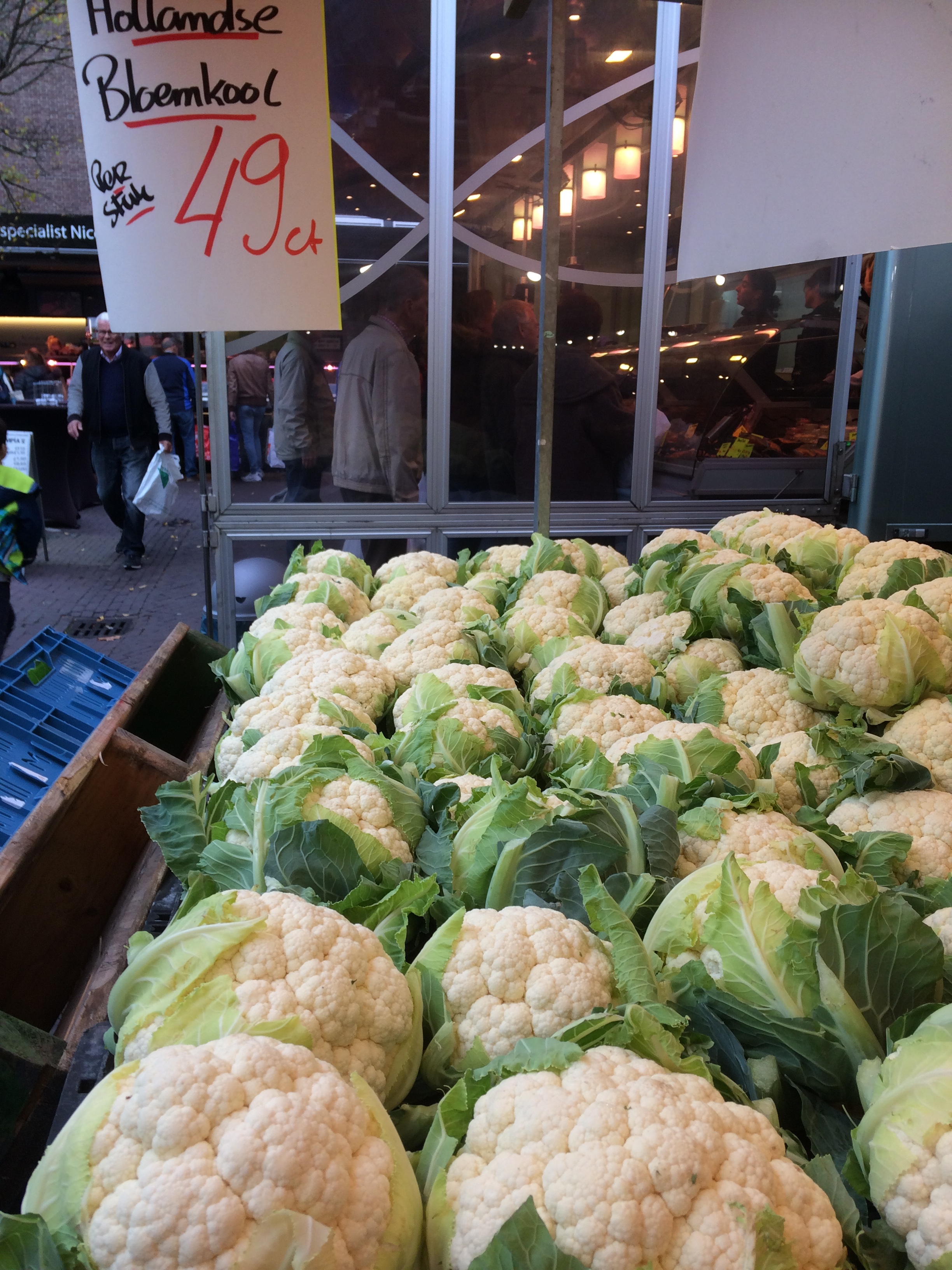
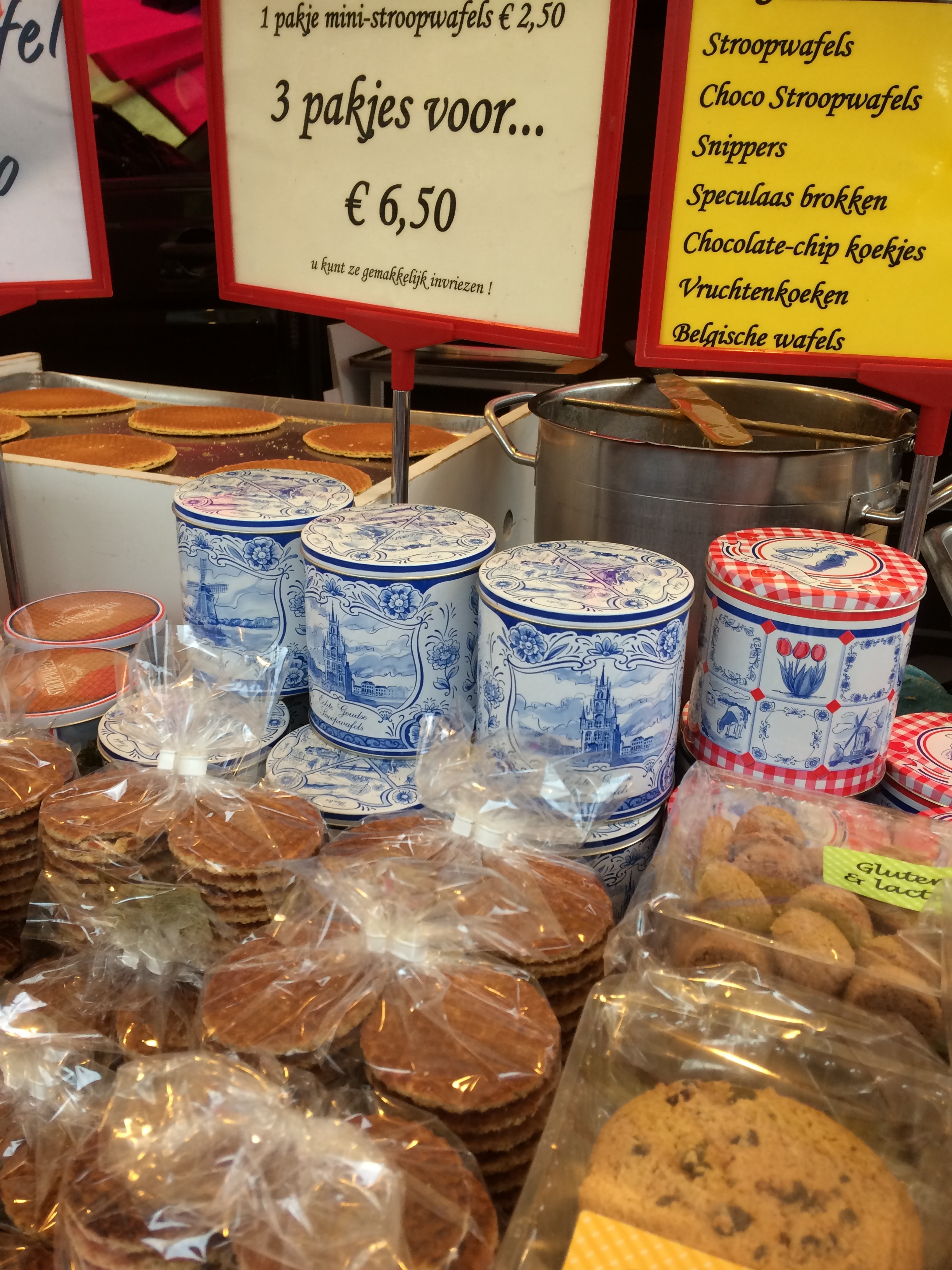

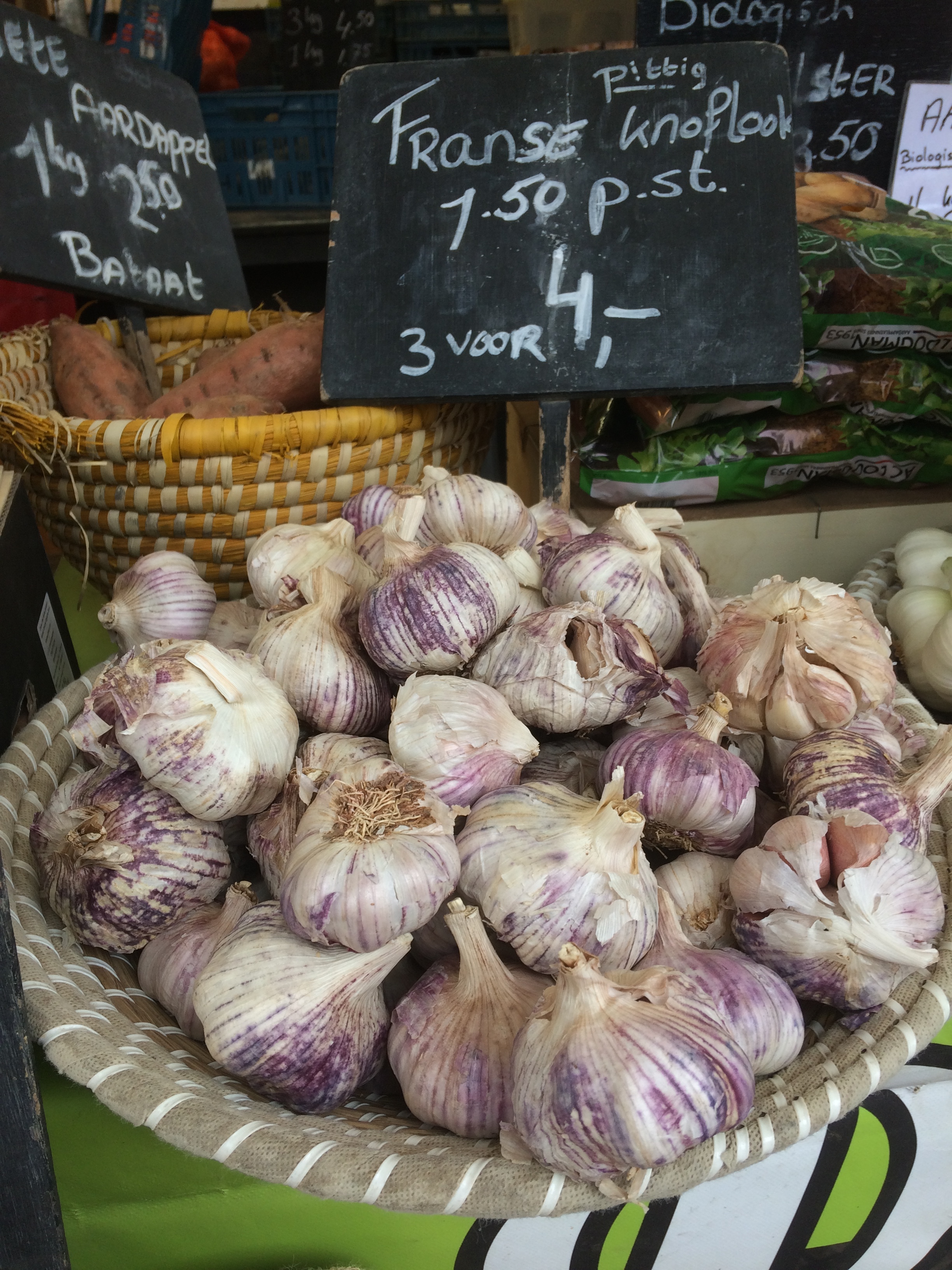
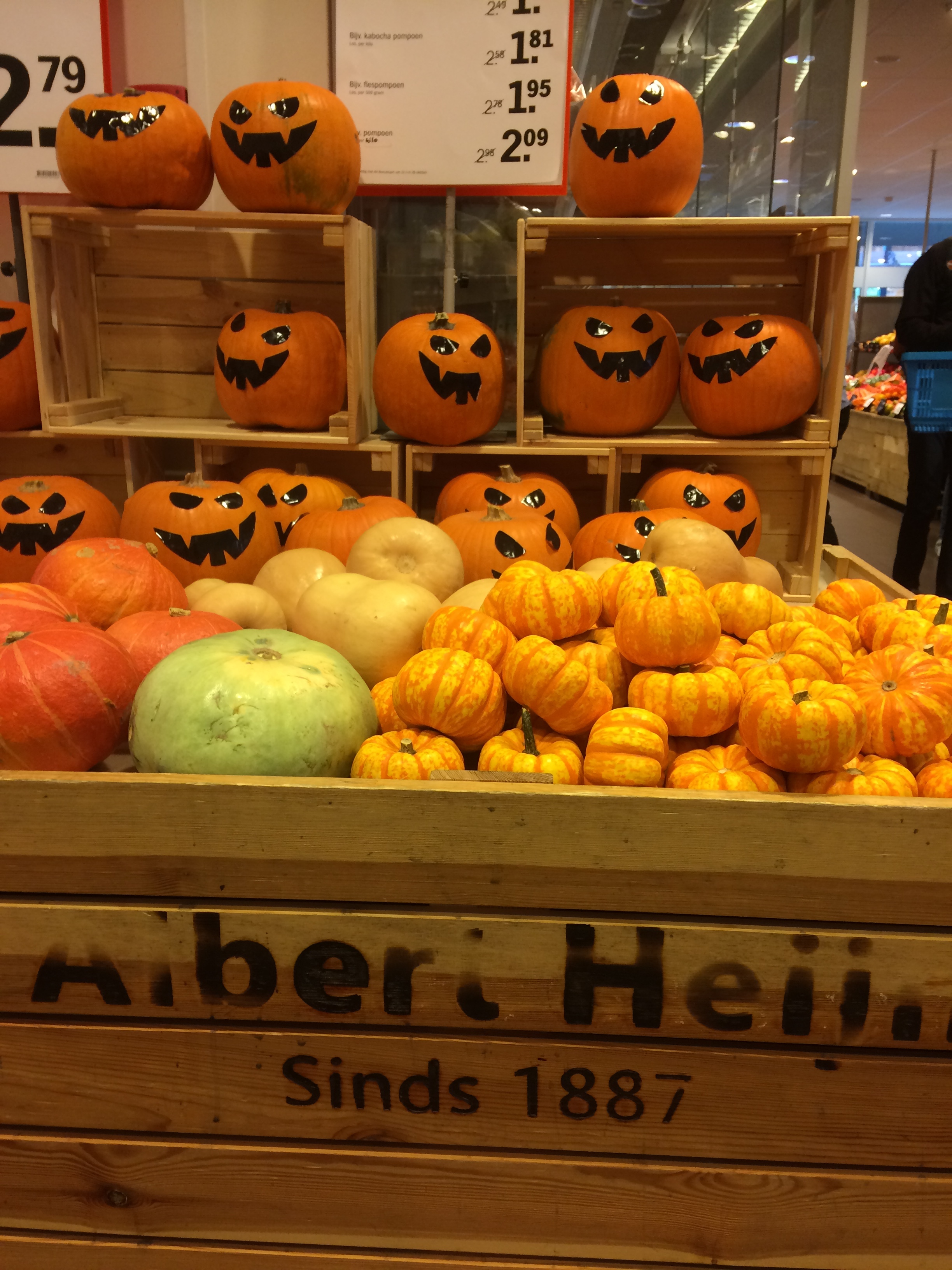
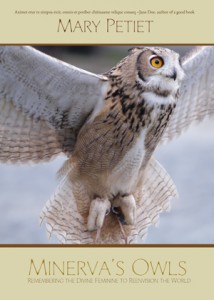

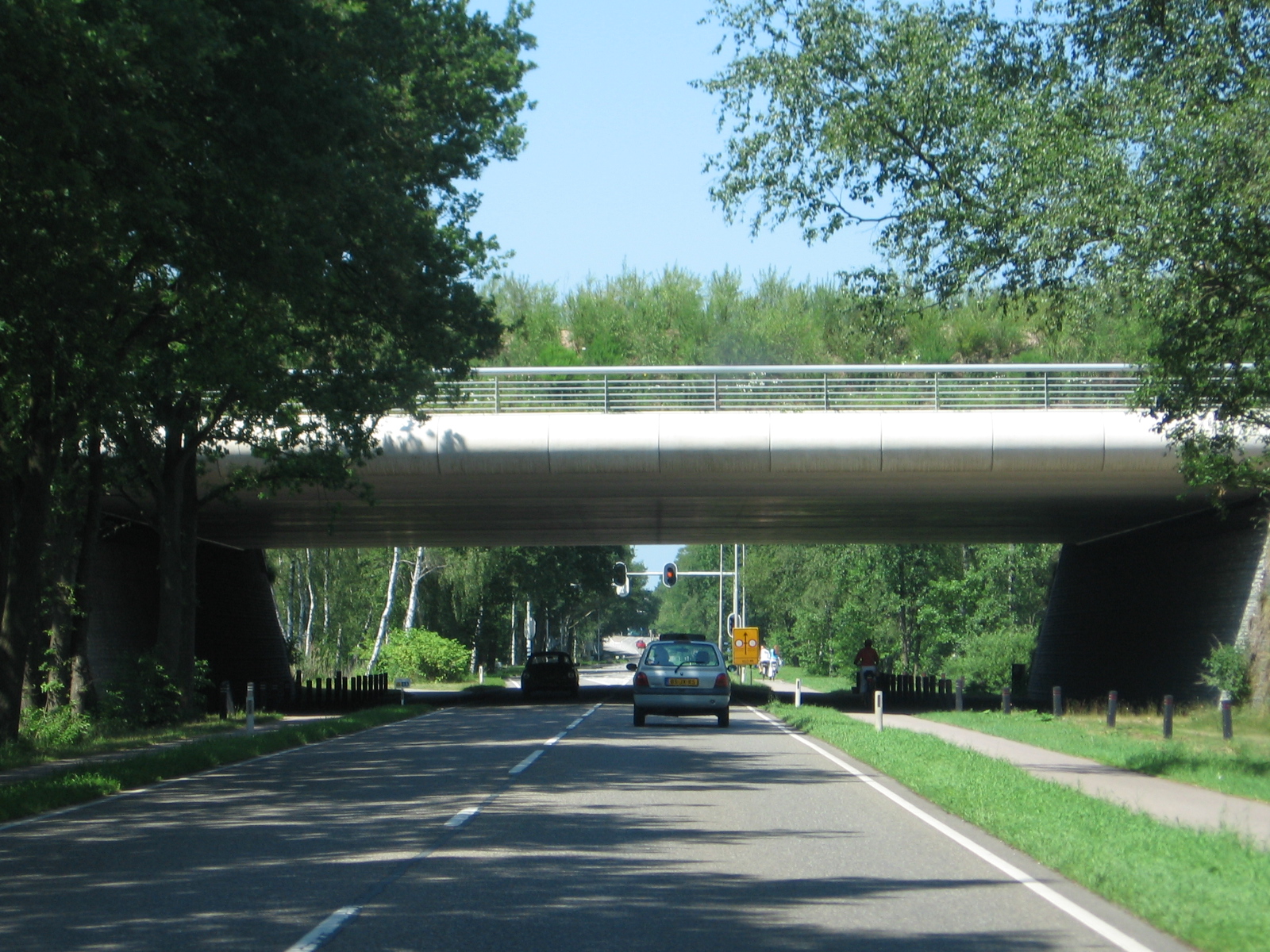 Driving under the ecoduct. Note the trees above the road. The path flanking the road is for bikes, so they are also safe. (Naturrbrug Zanderij Crailo, one of our local ecoducts.) Photo Credit: Door M.Minderhoud – Eigen werk, CC BY-SA 3.0,
Driving under the ecoduct. Note the trees above the road. The path flanking the road is for bikes, so they are also safe. (Naturrbrug Zanderij Crailo, one of our local ecoducts.) Photo Credit: Door M.Minderhoud – Eigen werk, CC BY-SA 3.0, 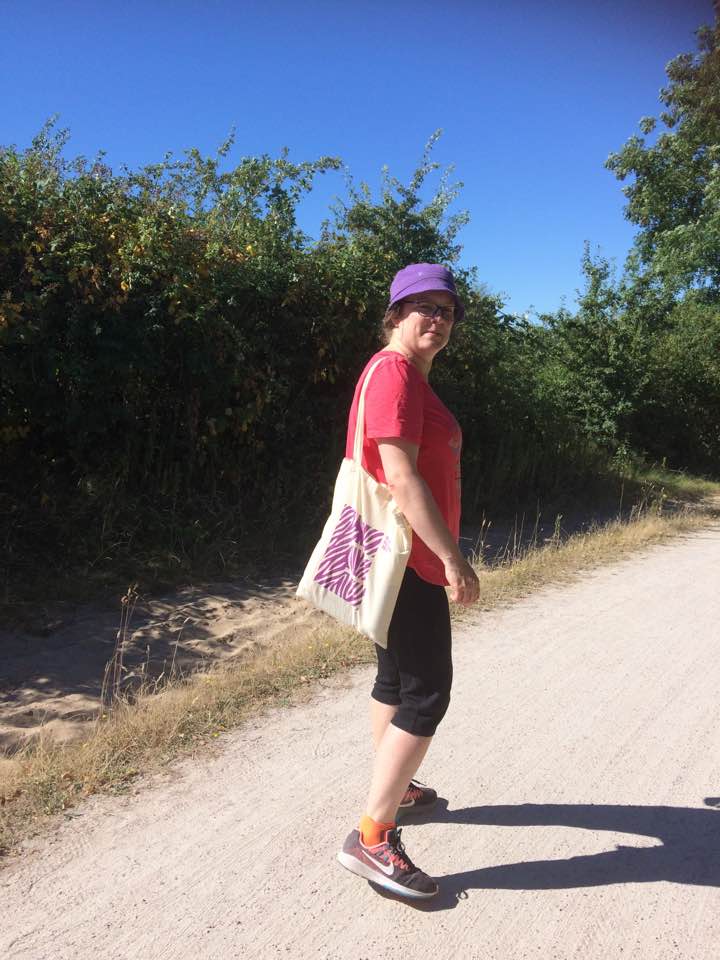 Clari leading the charge over the ecoduct.
Clari leading the charge over the ecoduct. To get to the ecoduct, we first crossed the heath.
To get to the ecoduct, we first crossed the heath. 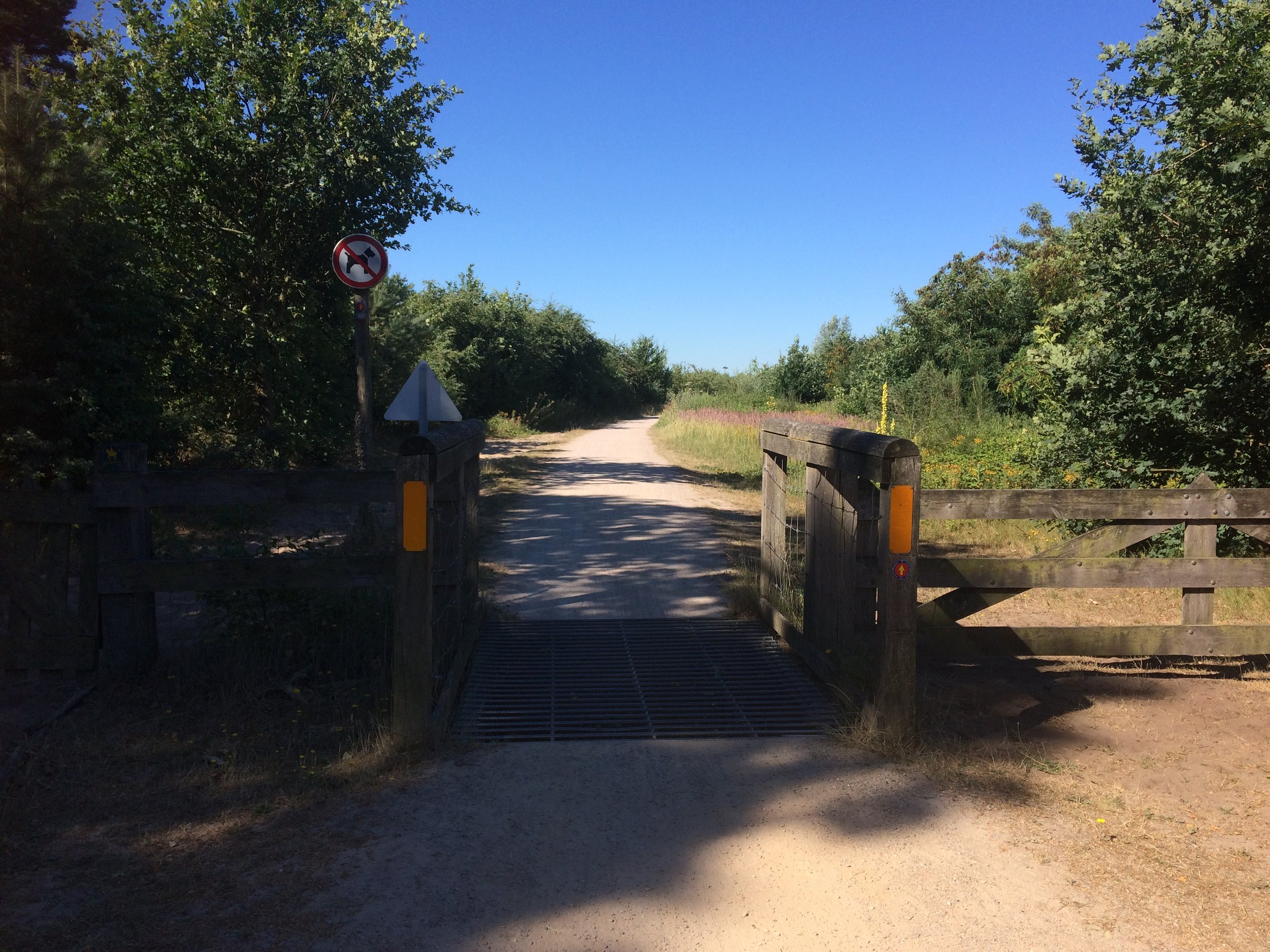 Access to the ecoduct is through a gate designed to keep the local herds of cattle wandering the heath from crossing the bridge. The path leads on.
Access to the ecoduct is through a gate designed to keep the local herds of cattle wandering the heath from crossing the bridge. The path leads on.  Crossing the ecoduct. This path goes over the motorway, the railway, a sports complex, a river, and a golfcourse. We shared it with bikers. Note the fencing to the right to make sure animals stay safe.
Crossing the ecoduct. This path goes over the motorway, the railway, a sports complex, a river, and a golfcourse. We shared it with bikers. Note the fencing to the right to make sure animals stay safe.  Welcoming shade on the other side of the ecoduct.
Welcoming shade on the other side of the ecoduct.
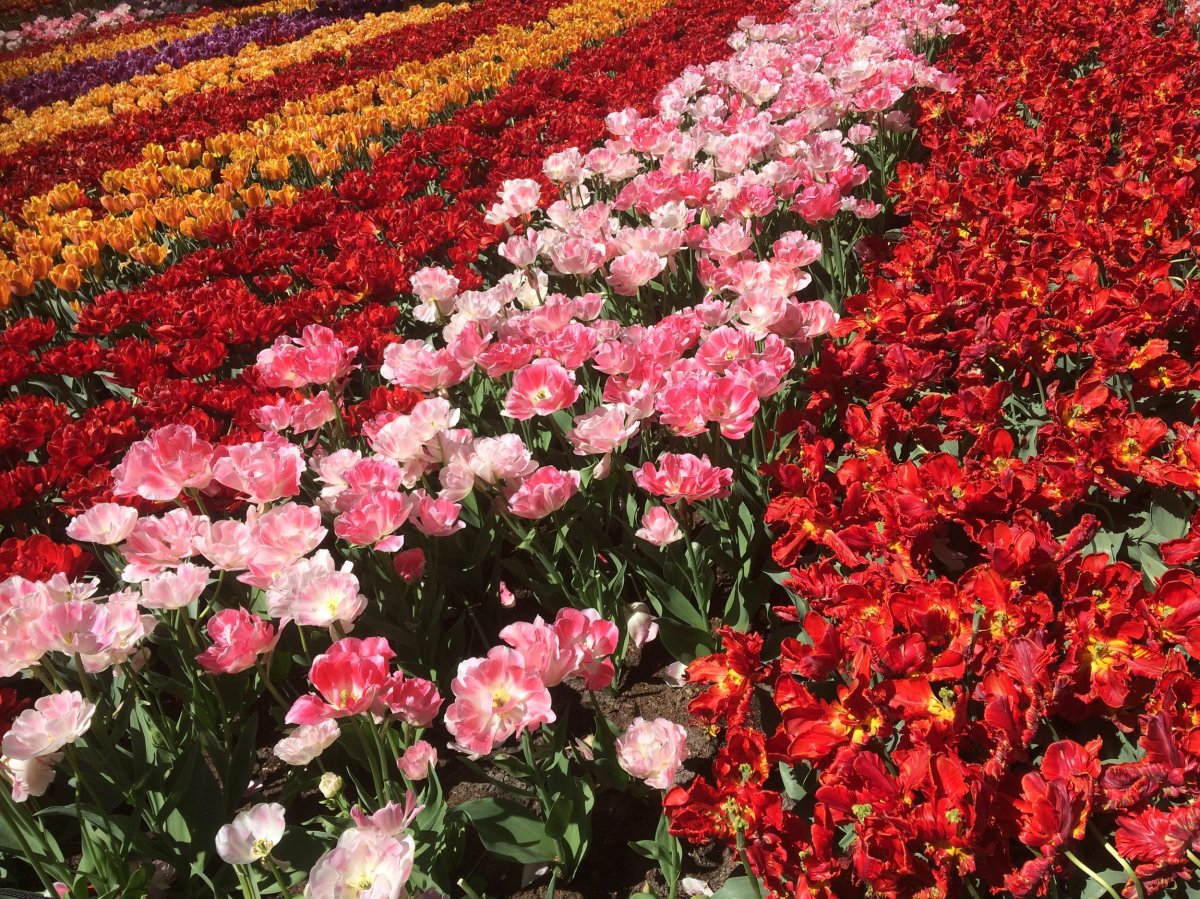
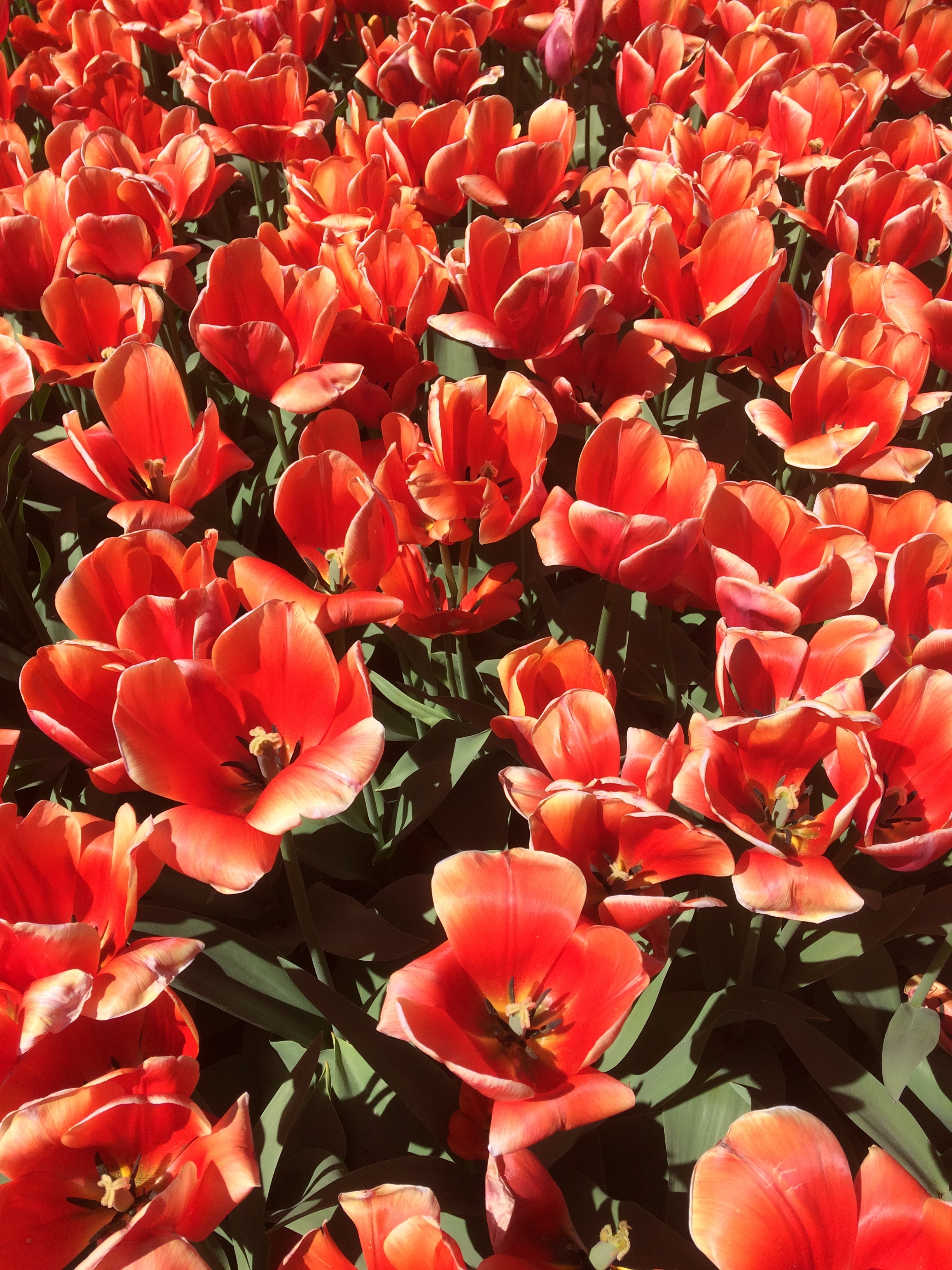
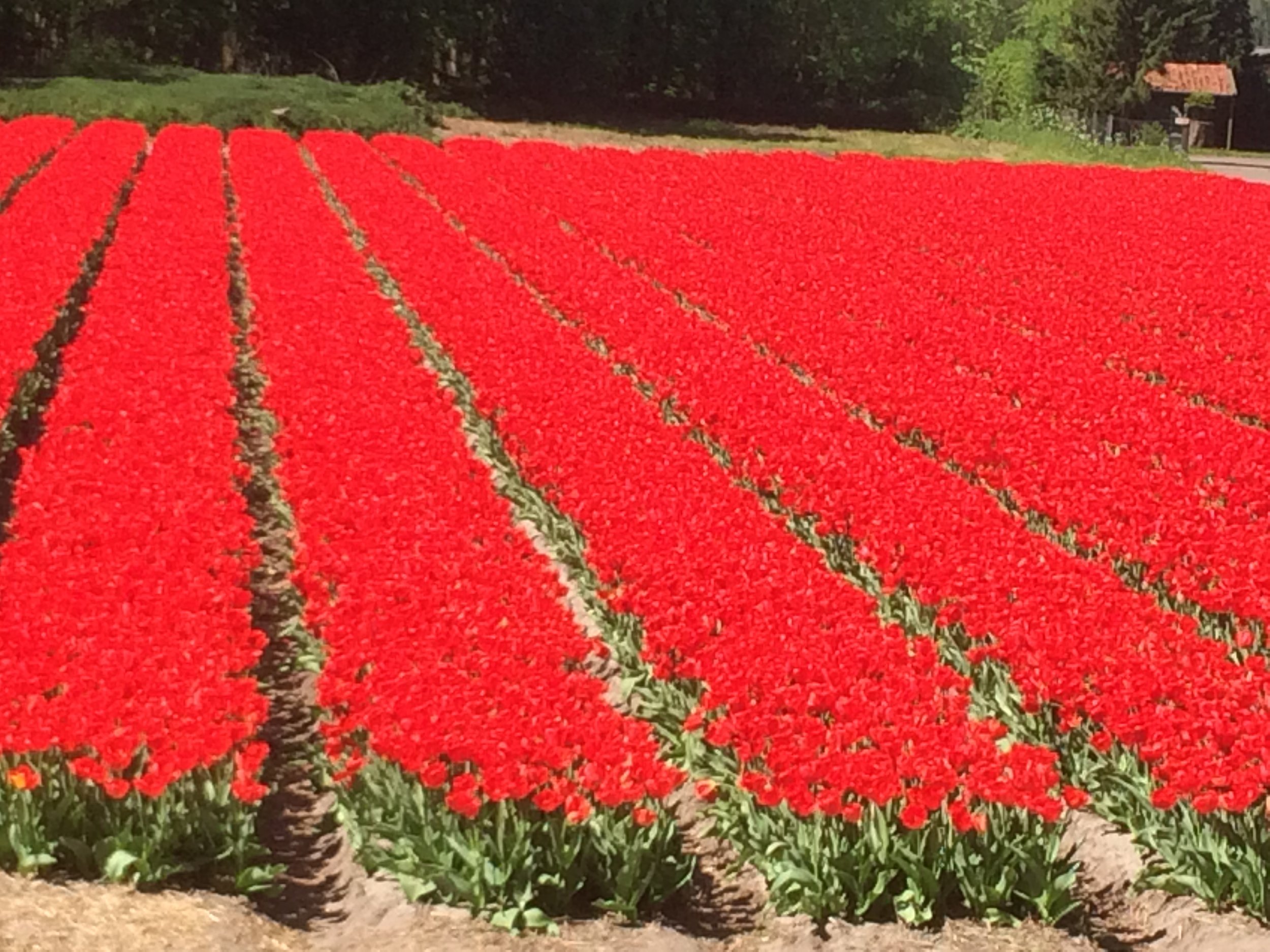 A sea of red spotted outside the Keukenhof.
A sea of red spotted outside the Keukenhof.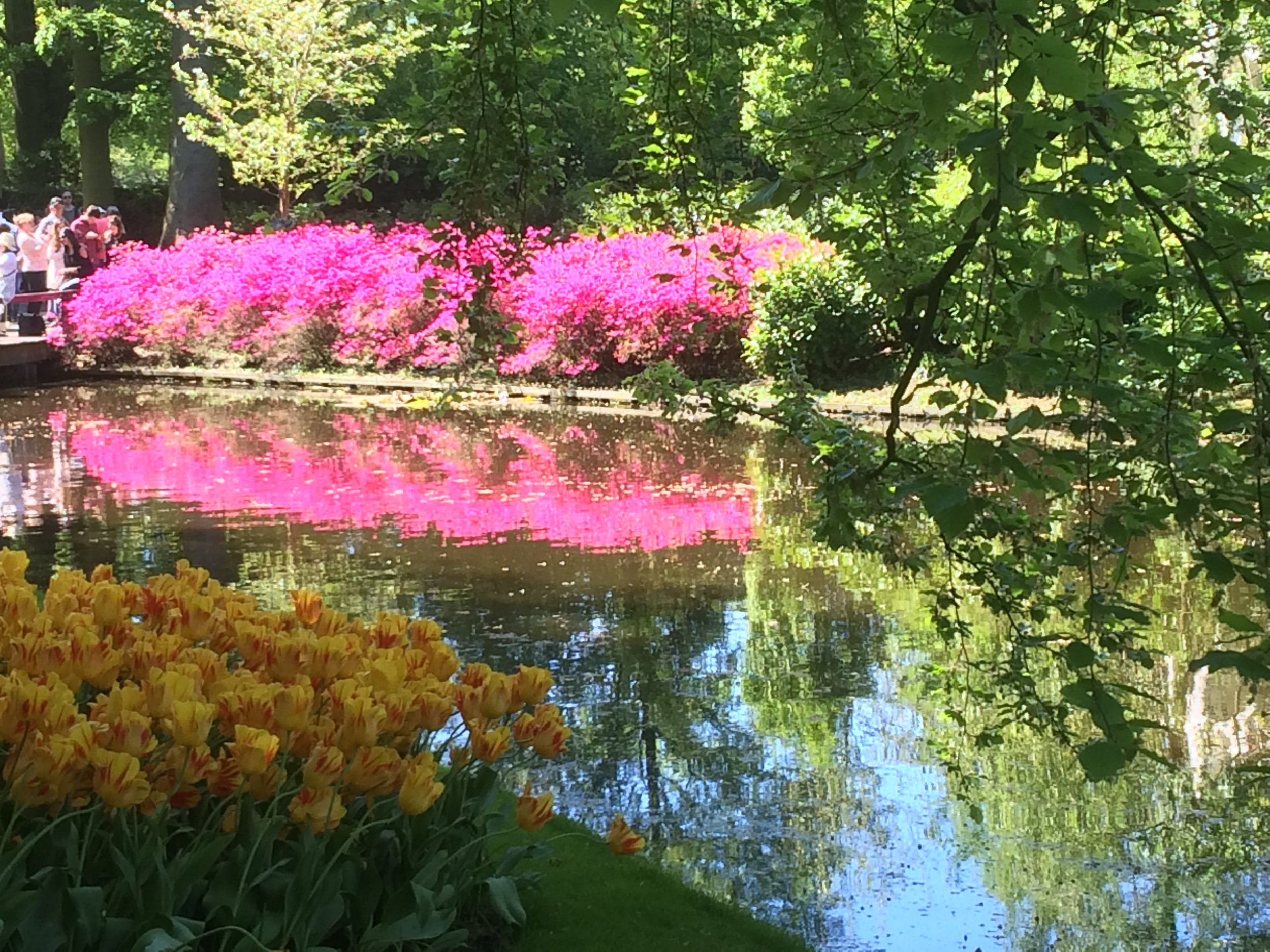 Giverny’s Dutch cousin?
Giverny’s Dutch cousin?
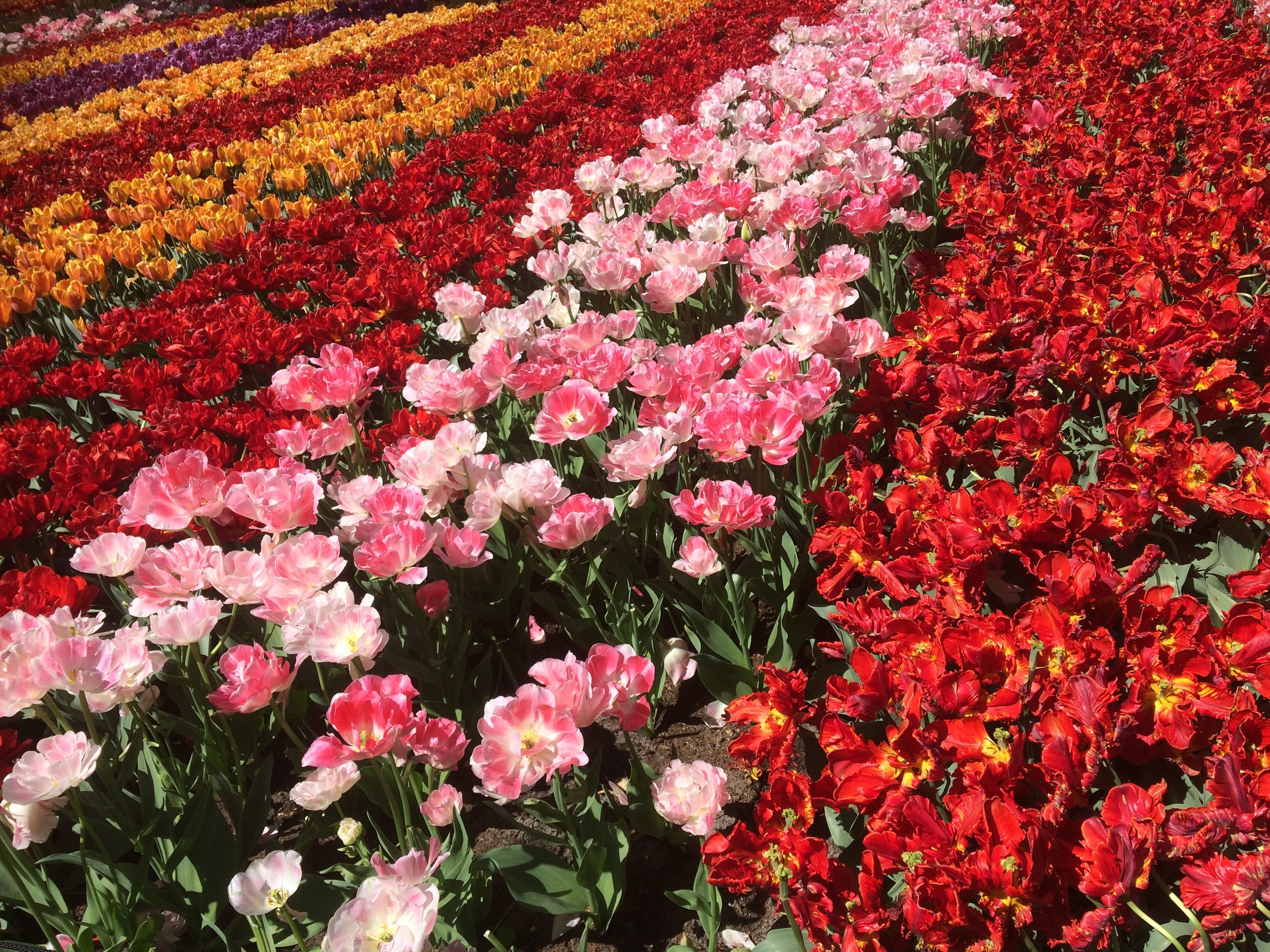
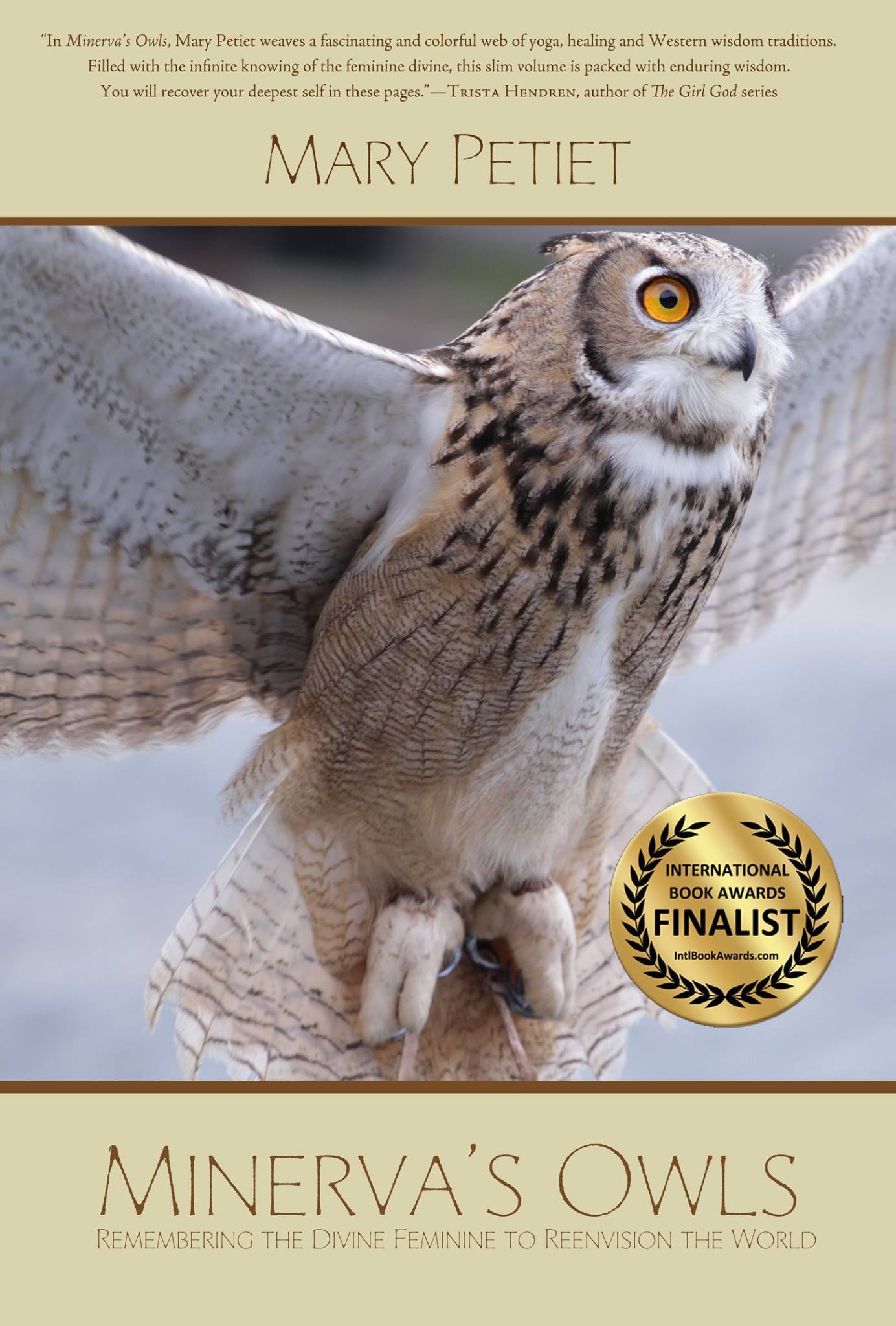

 We are in the crowd. Photo credit James Petermeier.
We are in the crowd. Photo credit James Petermeier.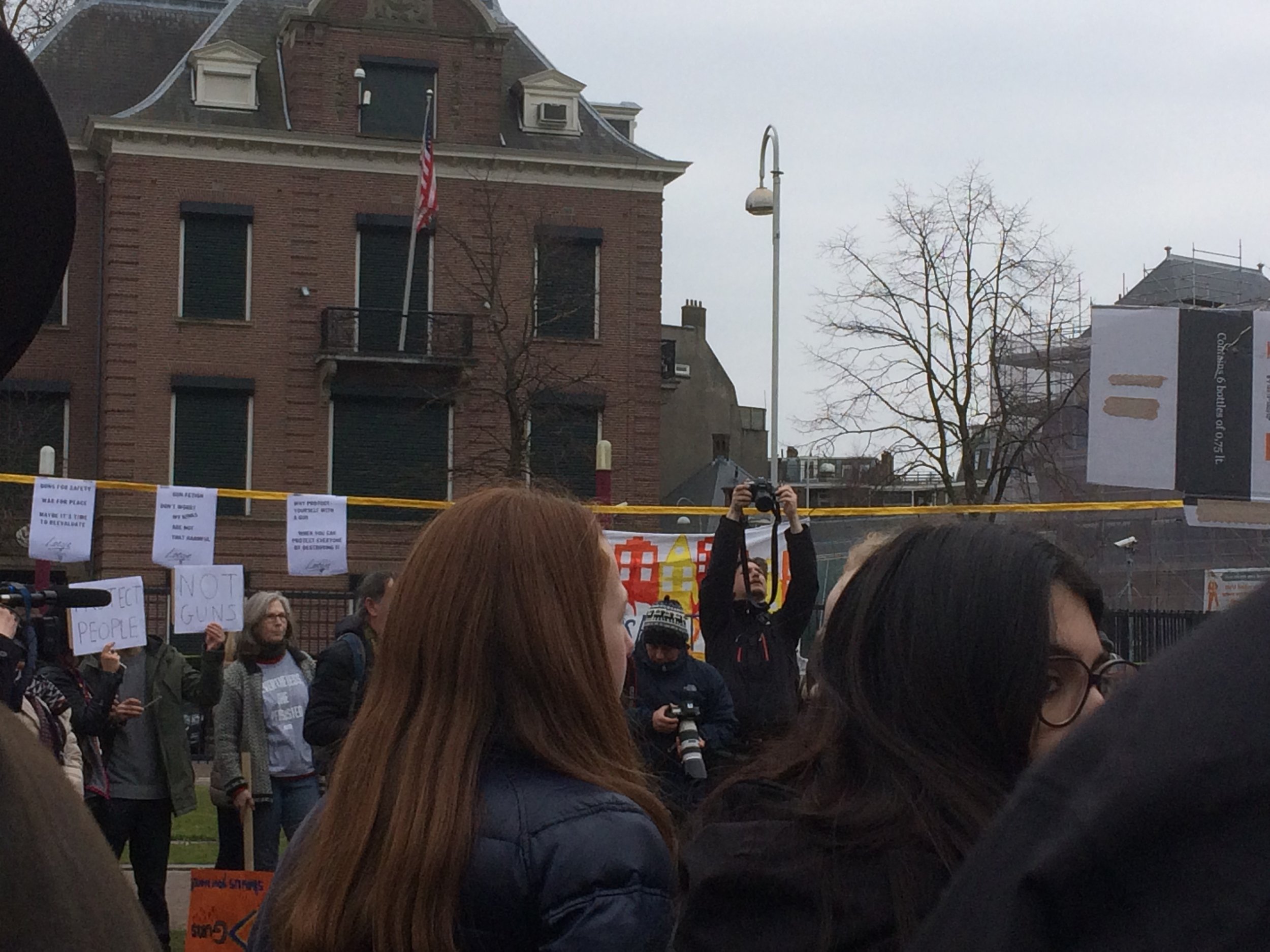 The protest gathered in front of the US Embassy, which was shuttered for the weekend.
The protest gathered in front of the US Embassy, which was shuttered for the weekend.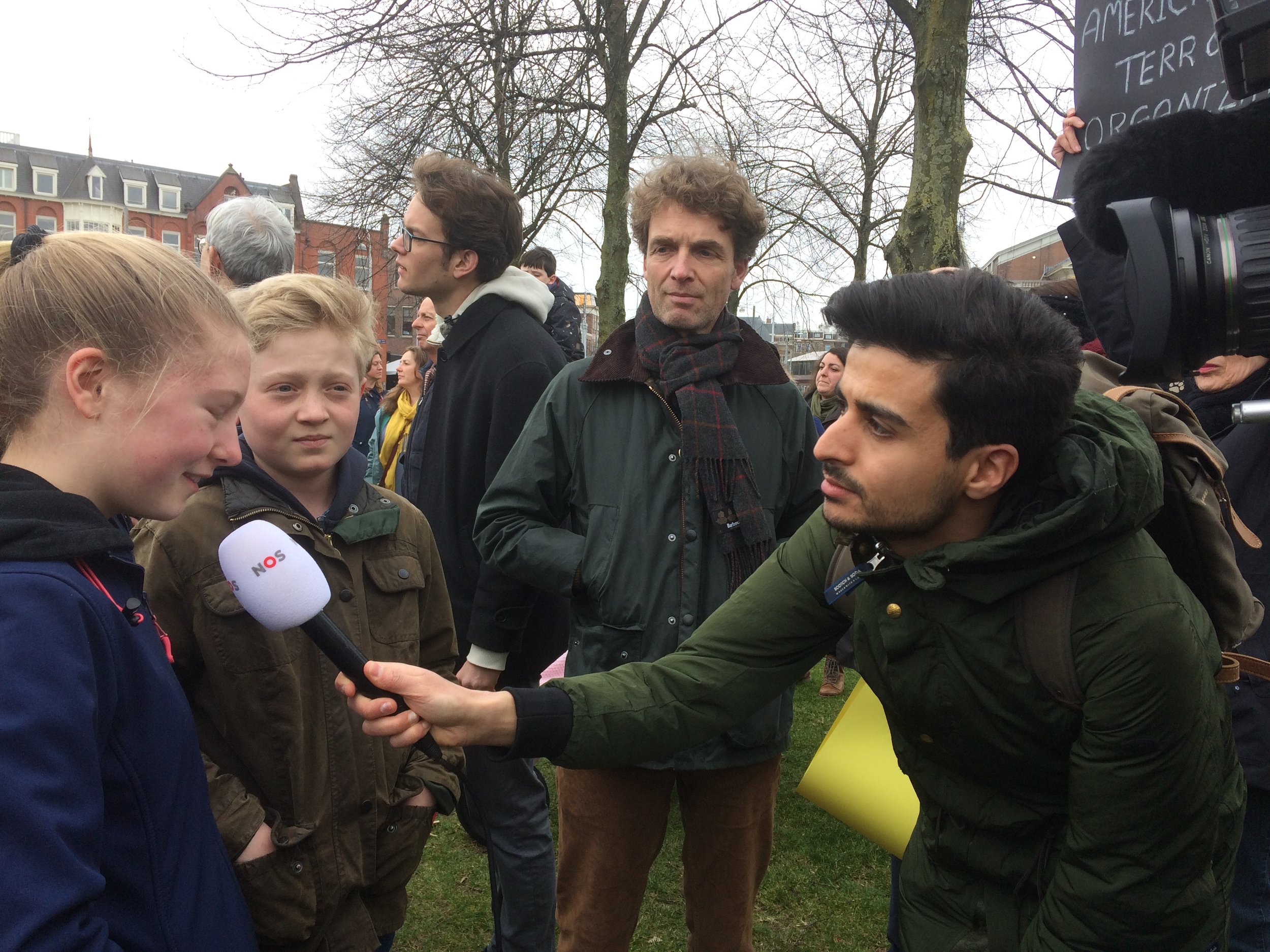 The kids ended up on Dutch TV.
The kids ended up on Dutch TV. Photo credit James Petermeier
Photo credit James Petermeier Photo credit James Petermeier.
Photo credit James Petermeier.
 Tervuren boasts the Hapsburg folly of an unfinished Versailles, an ancient original growth forest, and a frozen fountain animal jazz band sculpture.
Tervuren boasts the Hapsburg folly of an unfinished Versailles, an ancient original growth forest, and a frozen fountain animal jazz band sculpture.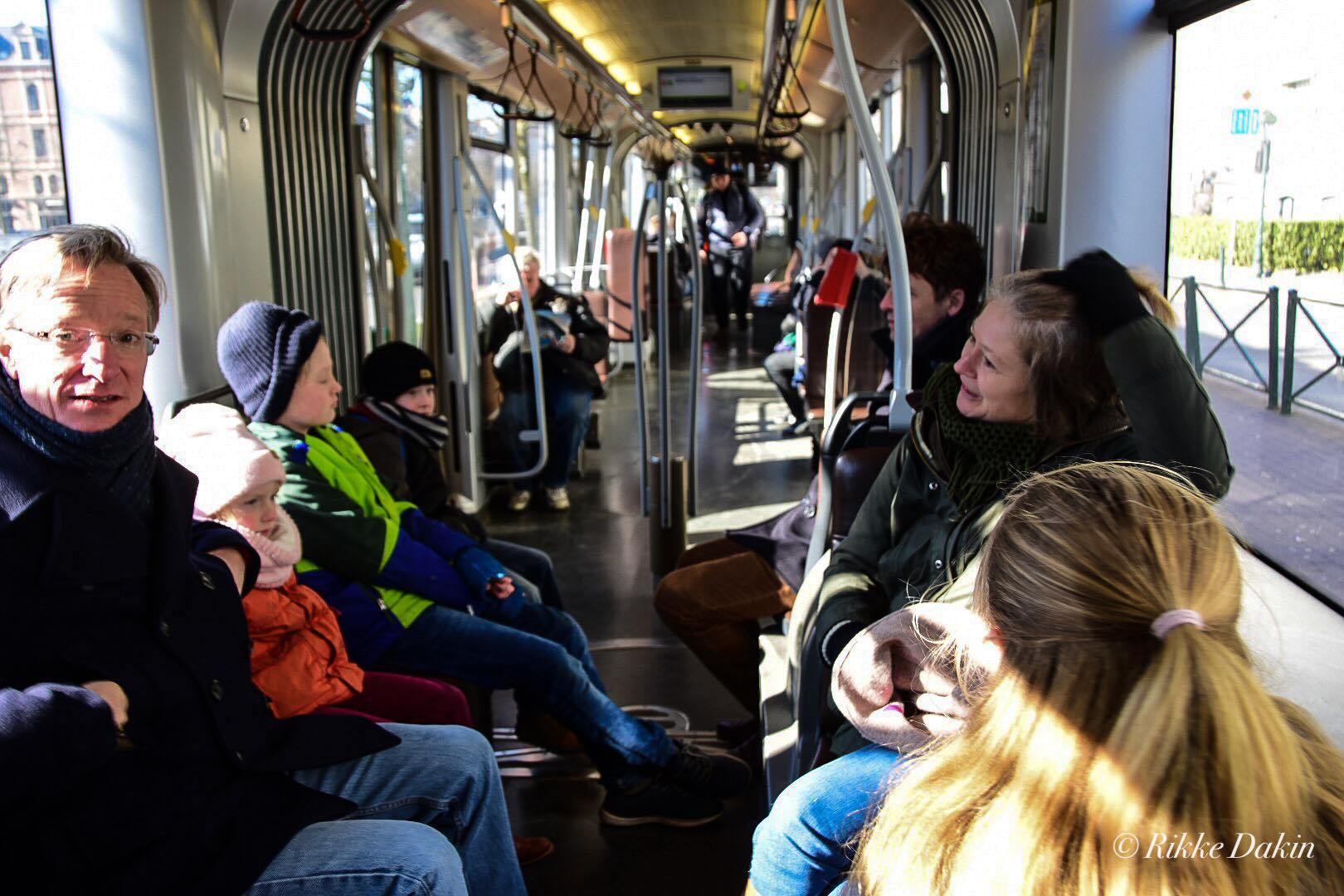 We rode the tram from Tervuren through parts of the ancient forest to Brussels center.
We rode the tram from Tervuren through parts of the ancient forest to Brussels center.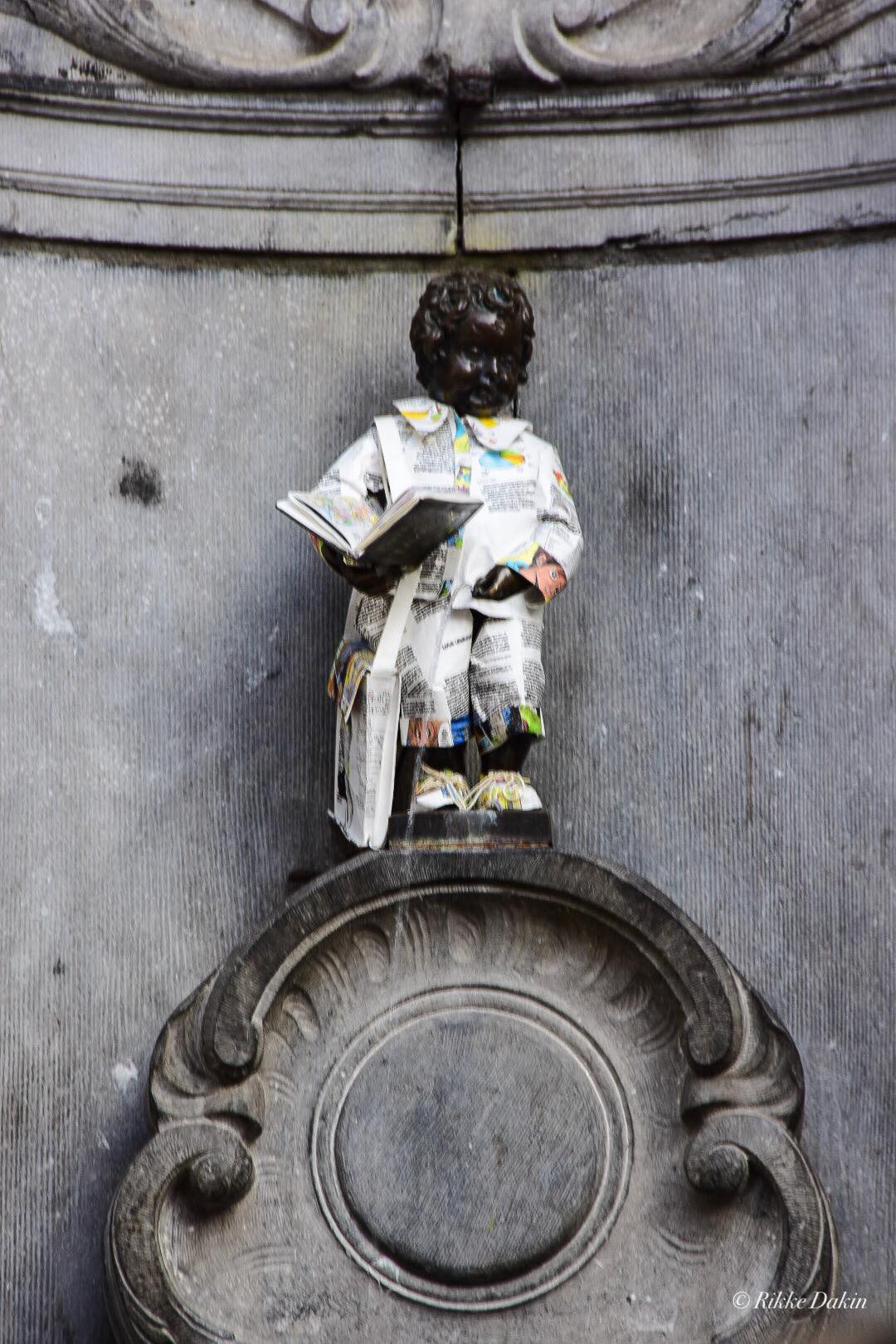 Manneken Pis is pretty much what he sounds like. Sometimes the locals dress him up. We found him in a flash newspaper suit. Look closely, he is peeing.
Manneken Pis is pretty much what he sounds like. Sometimes the locals dress him up. We found him in a flash newspaper suit. Look closely, he is peeing.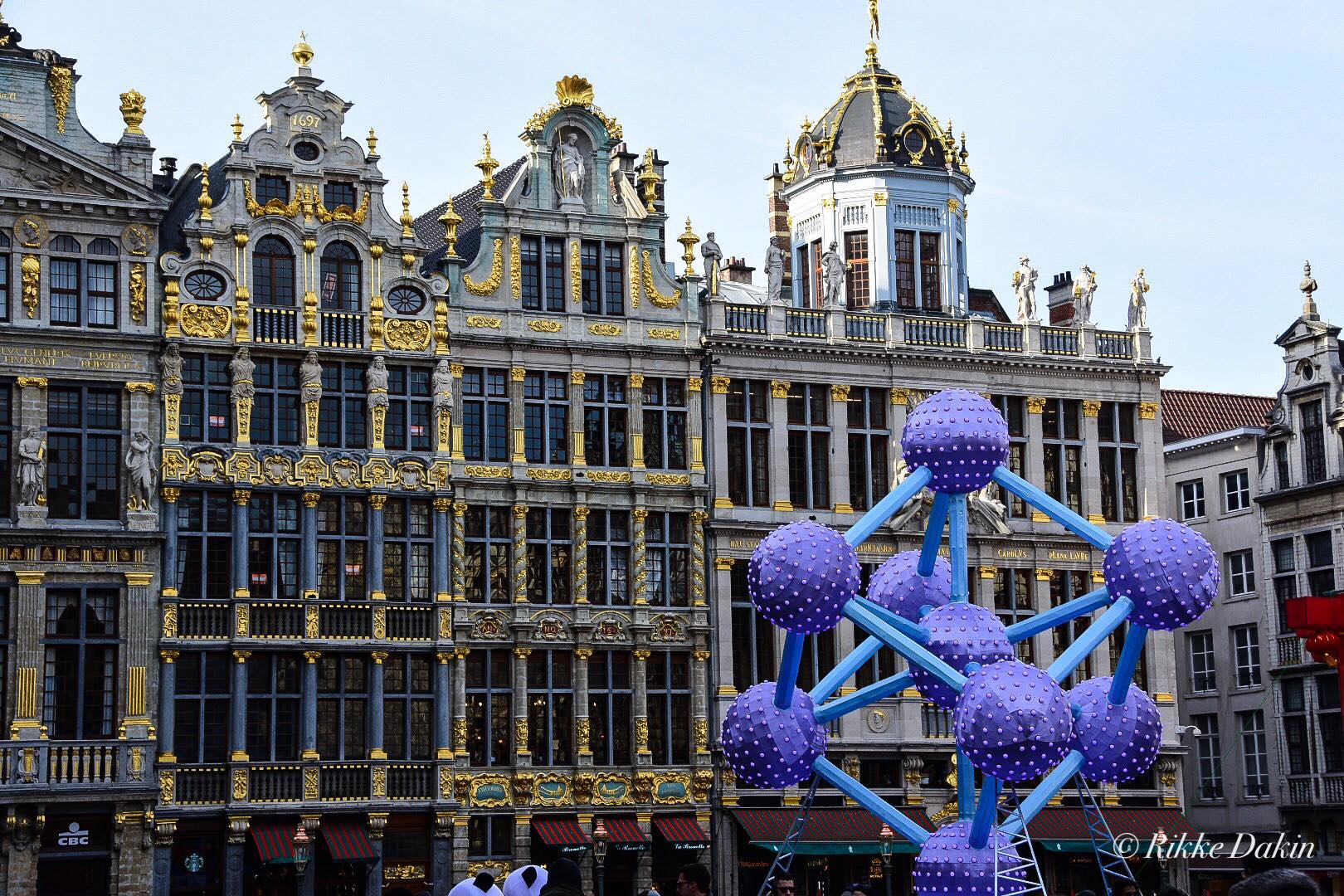 The other thing to see in Brussels is the Grand-Place, or the Main Square.
The other thing to see in Brussels is the Grand-Place, or the Main Square.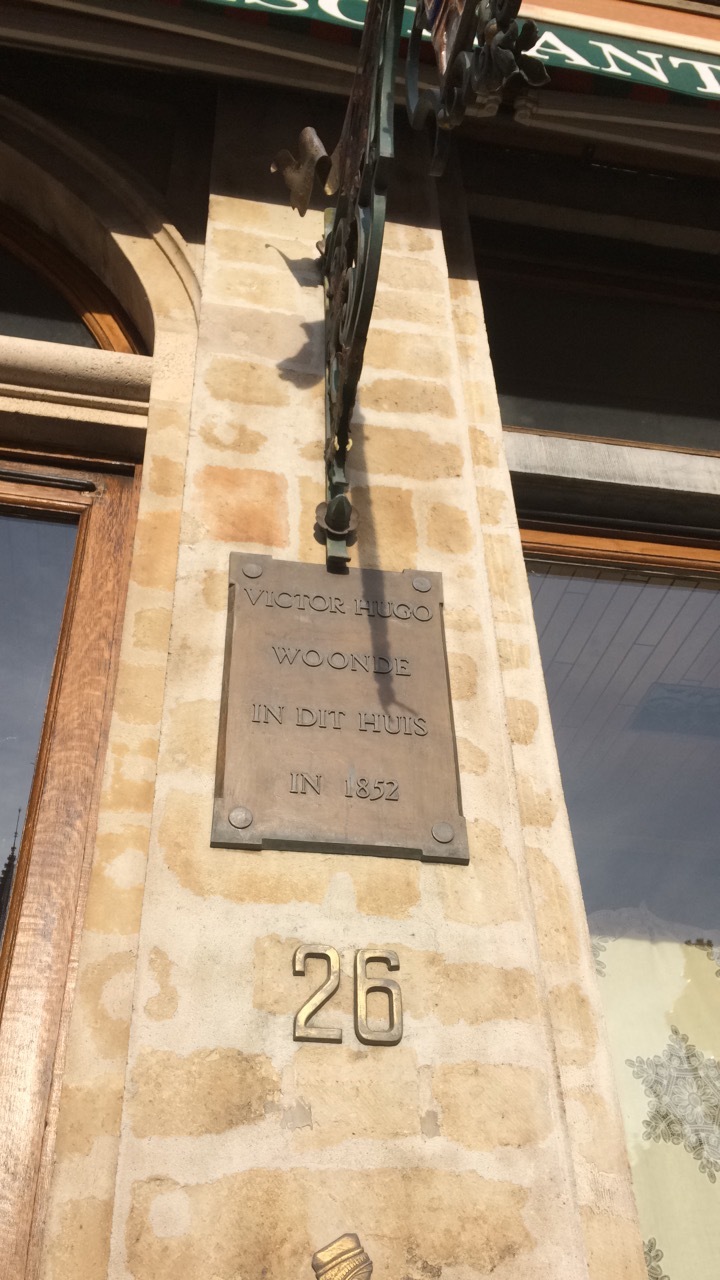 The Dutch and the French agree: Victor Hugo lived at number 26.
The Dutch and the French agree: Victor Hugo lived at number 26.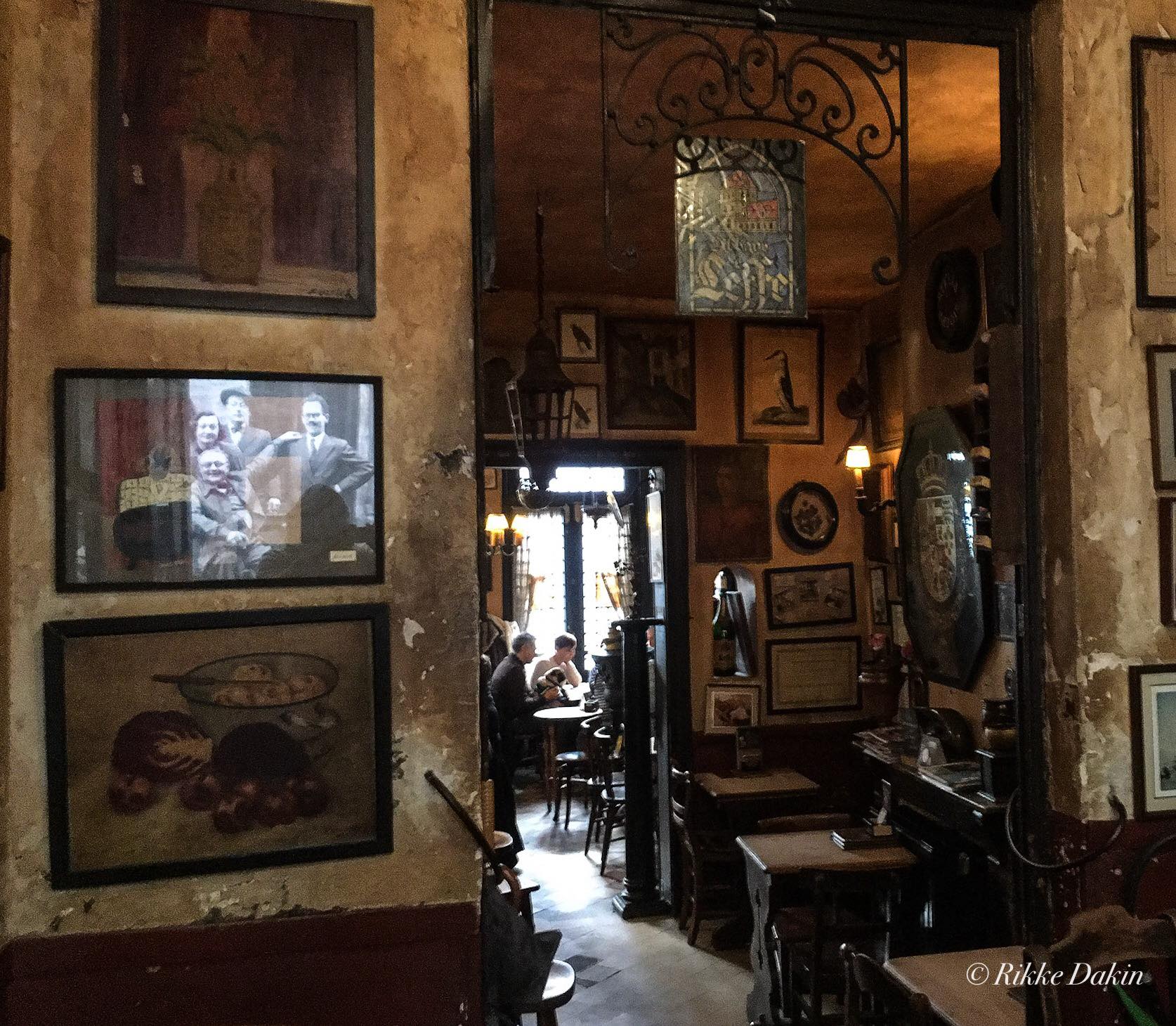 Ancient beer place. Hergé of TinTin fame used to hang out here, too.
Ancient beer place. Hergé of TinTin fame used to hang out here, too.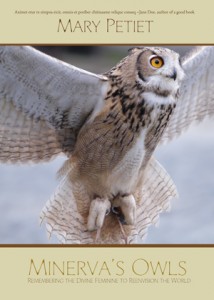
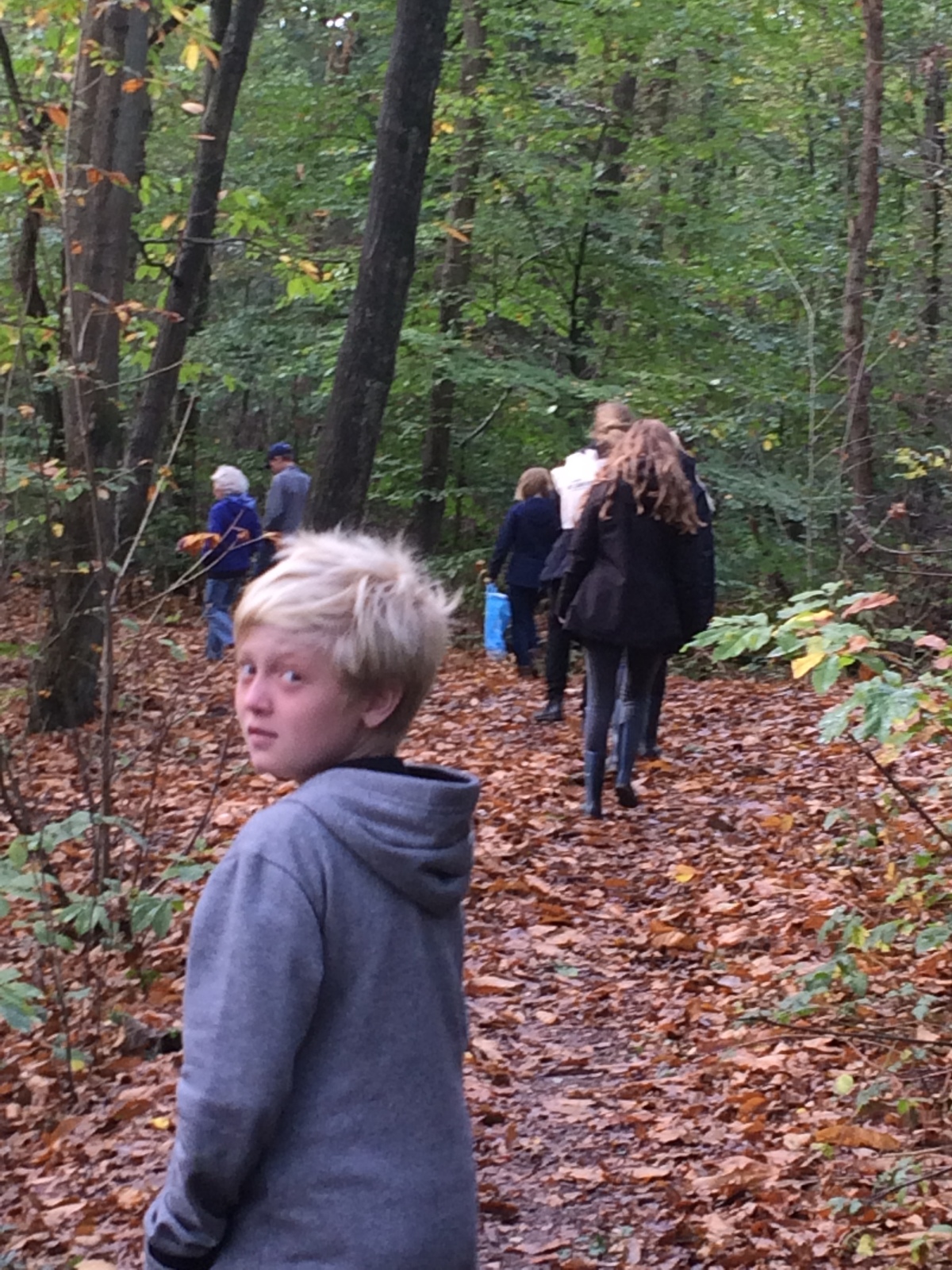
 My extended Dutch family heads into the woods in search of chestnuts
My extended Dutch family heads into the woods in search of chestnuts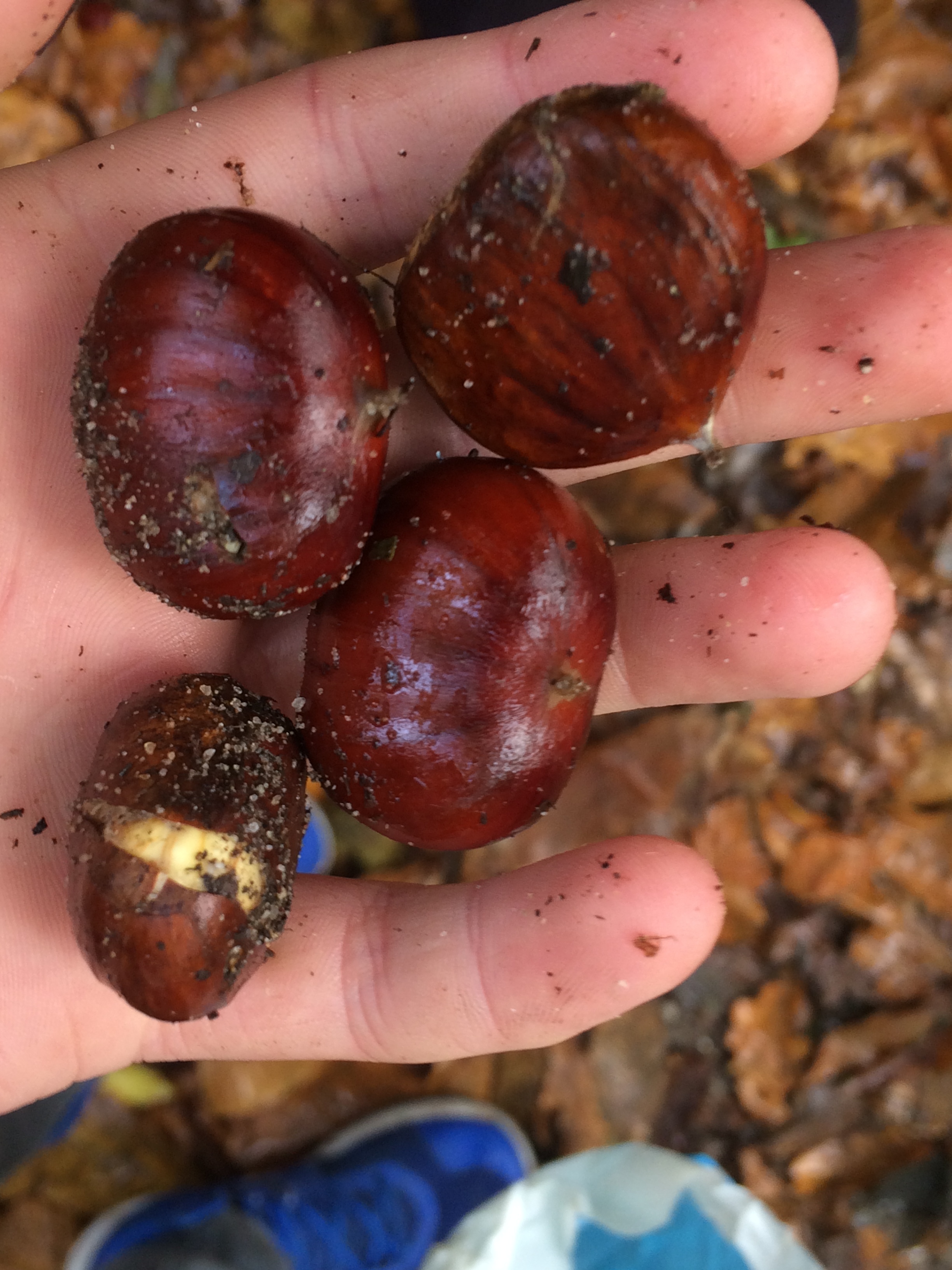 There is a familial resemblance between Dutch and American chestnuts, just don’t eat the American ones
There is a familial resemblance between Dutch and American chestnuts, just don’t eat the American ones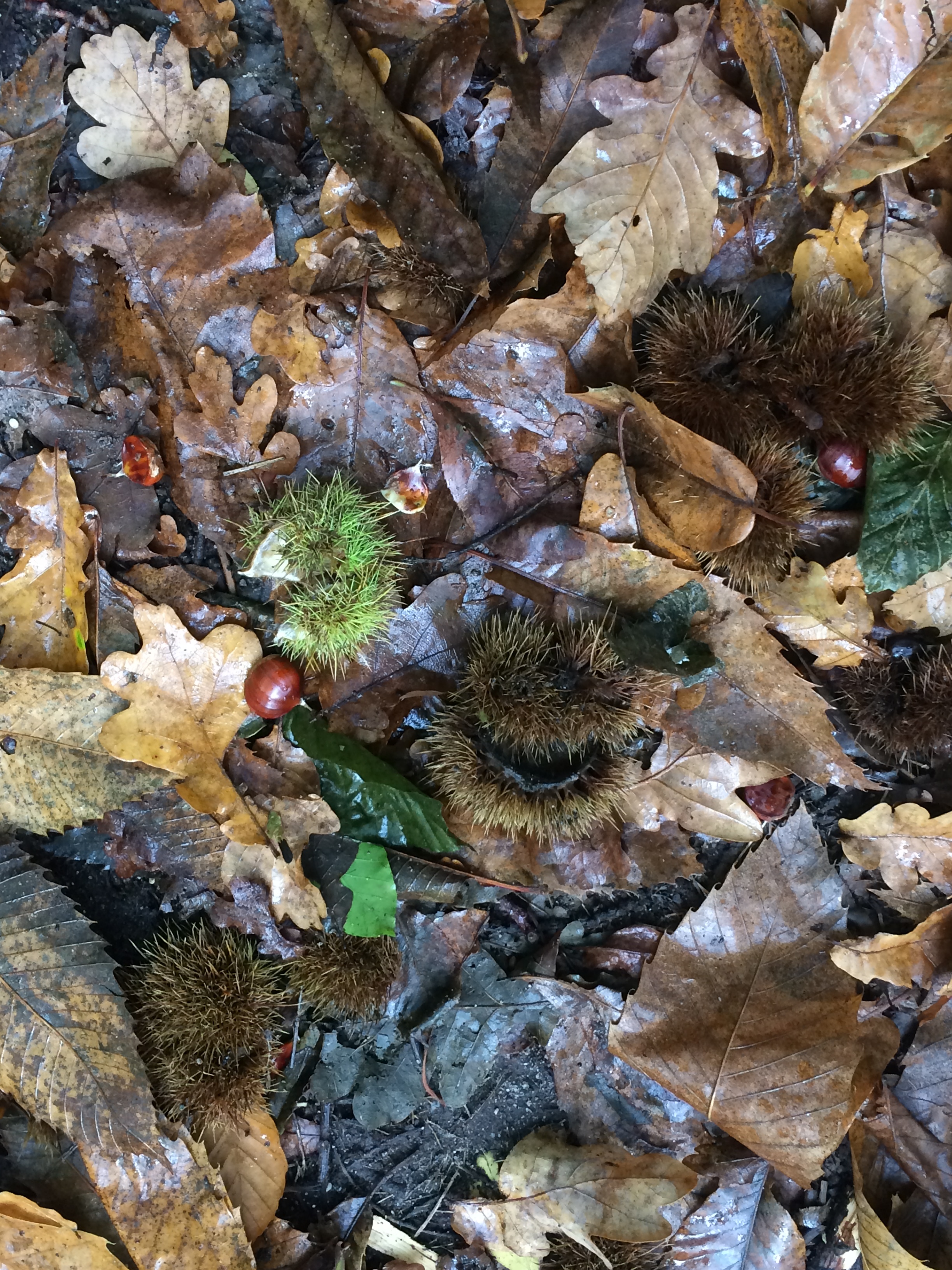 We scanned the ground for these, the chestnut is often found beside the prickly pod that housed it
We scanned the ground for these, the chestnut is often found beside the prickly pod that housed it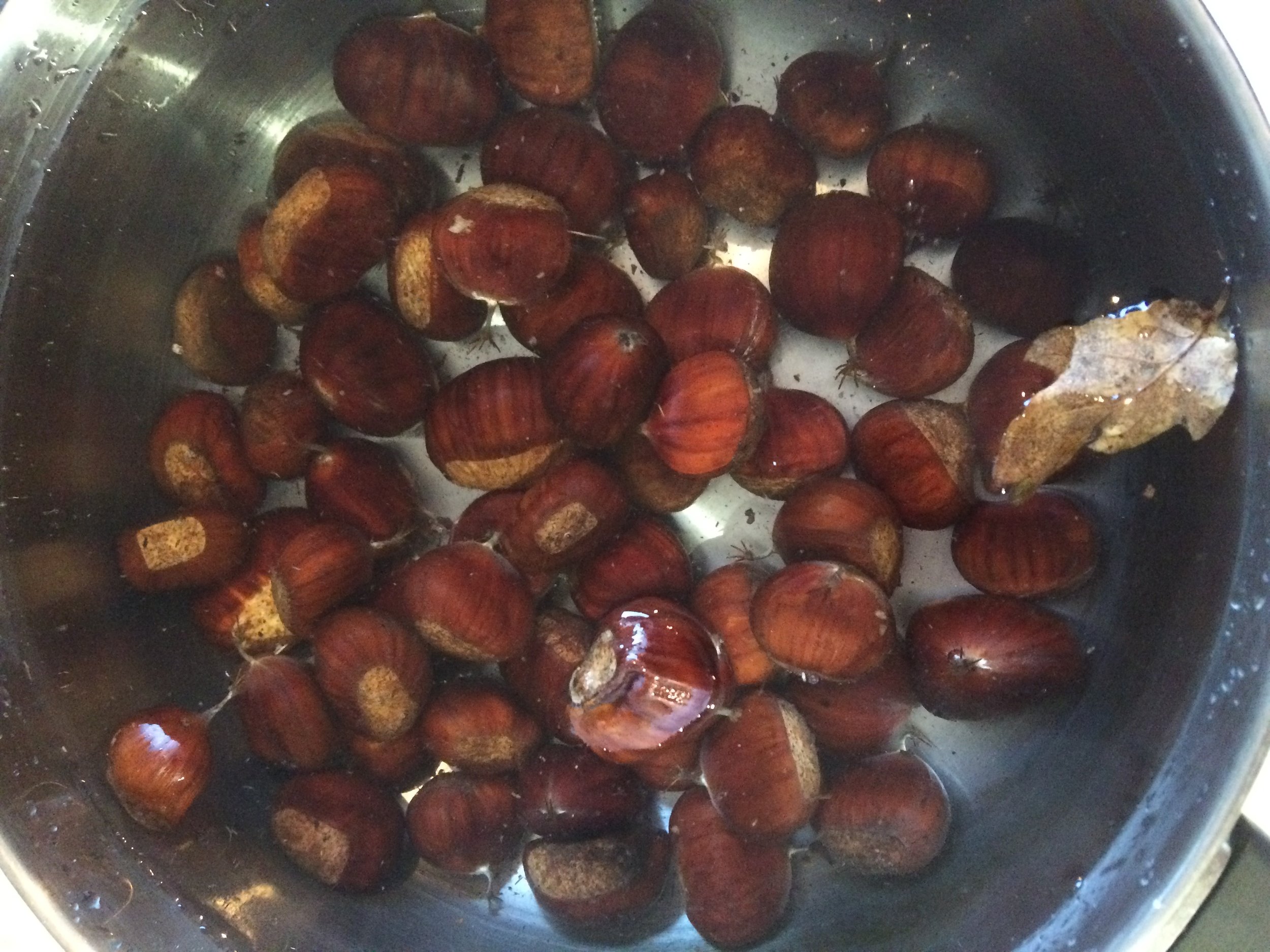 The floating stage
The floating stage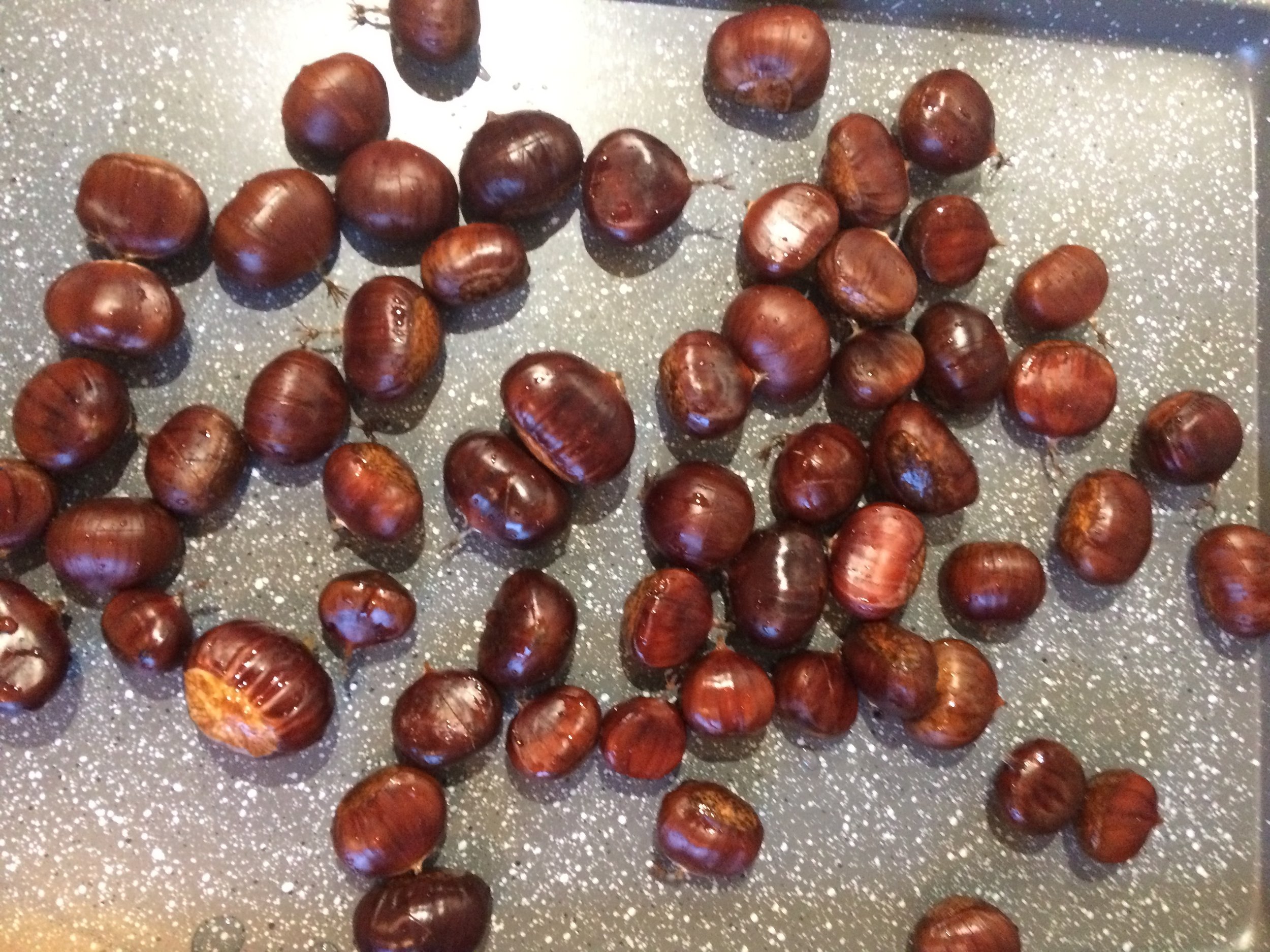 The going in the oven stage
The going in the oven stage The ready to eat stage
The ready to eat stage
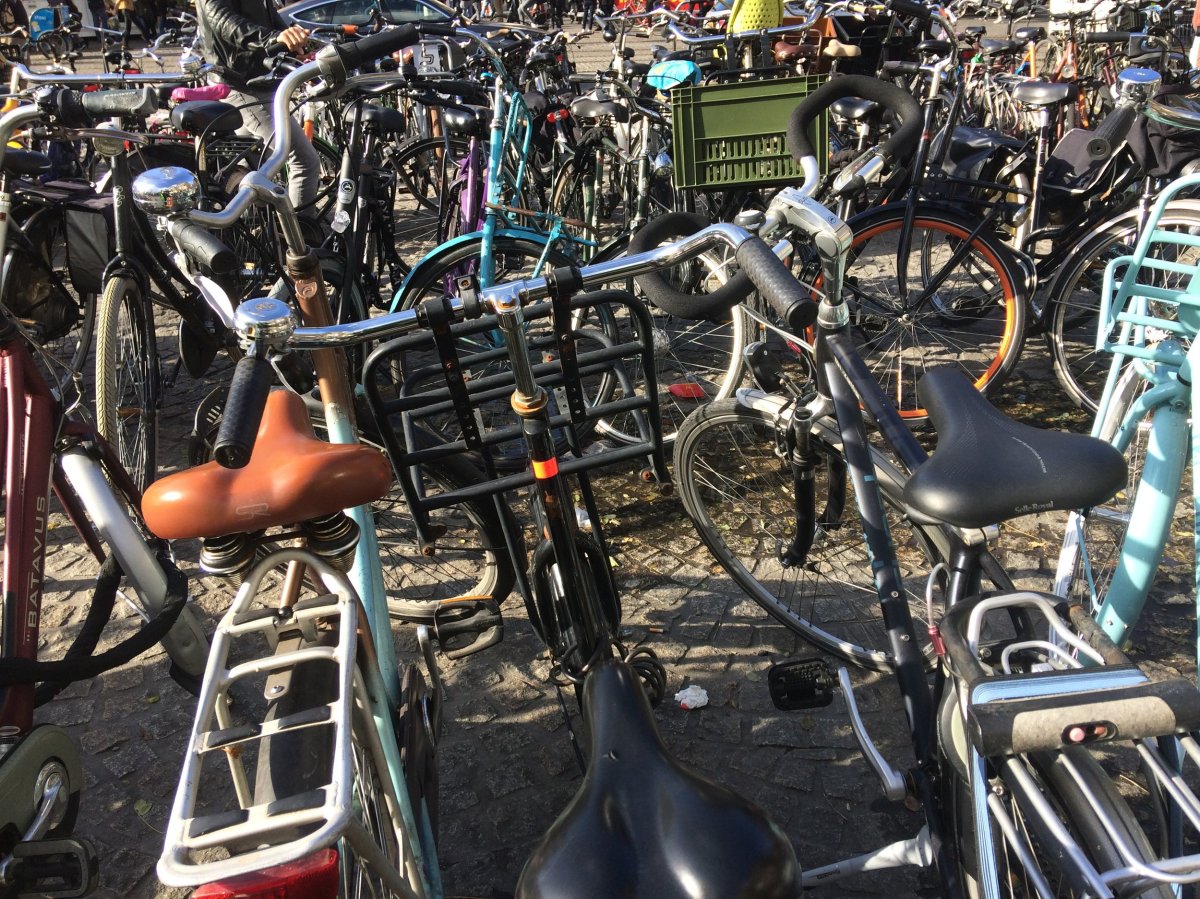
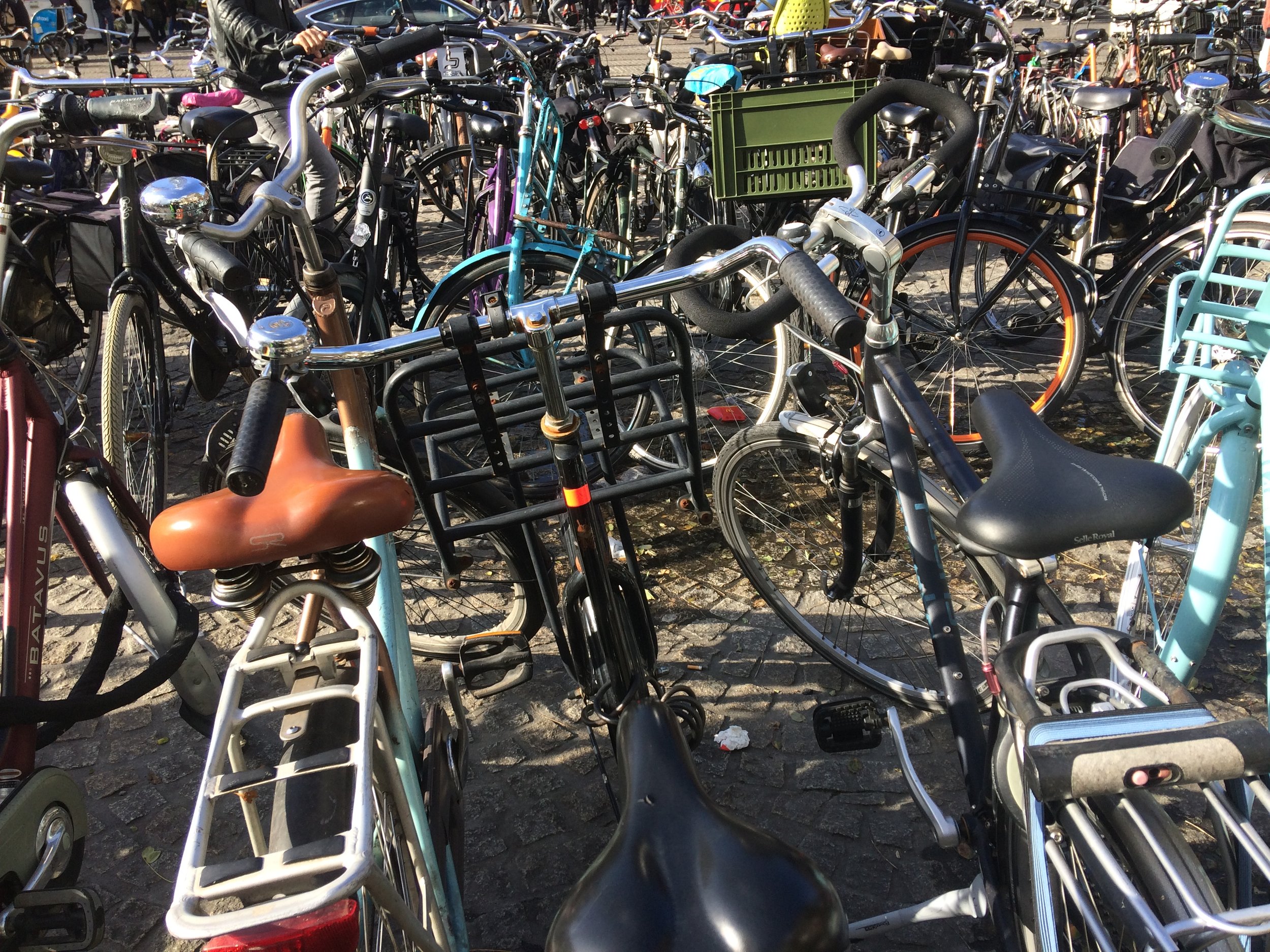 Bikes populate an Amsterdam sidewalk. Everything you’ve heard about the Dutch and their bikes is probably true.
Bikes populate an Amsterdam sidewalk. Everything you’ve heard about the Dutch and their bikes is probably true. It’s fuzzy because I was riding my bike at the time and everything was in motion. Also it was foggy. Look carefully: The boy is standing up behind his mother rushing to make first bell at school. The bike is standard bakfiets. The bak is the covered box in front.
It’s fuzzy because I was riding my bike at the time and everything was in motion. Also it was foggy. Look carefully: The boy is standing up behind his mother rushing to make first bell at school. The bike is standard bakfiets. The bak is the covered box in front. A high-end baksfiets three-seater. Note the headlight.
A high-end baksfiets three-seater. Note the headlight. The view from the seat of an omafiets.
The view from the seat of an omafiets.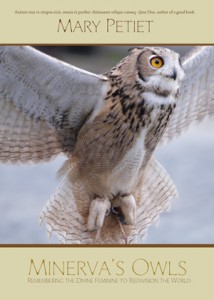
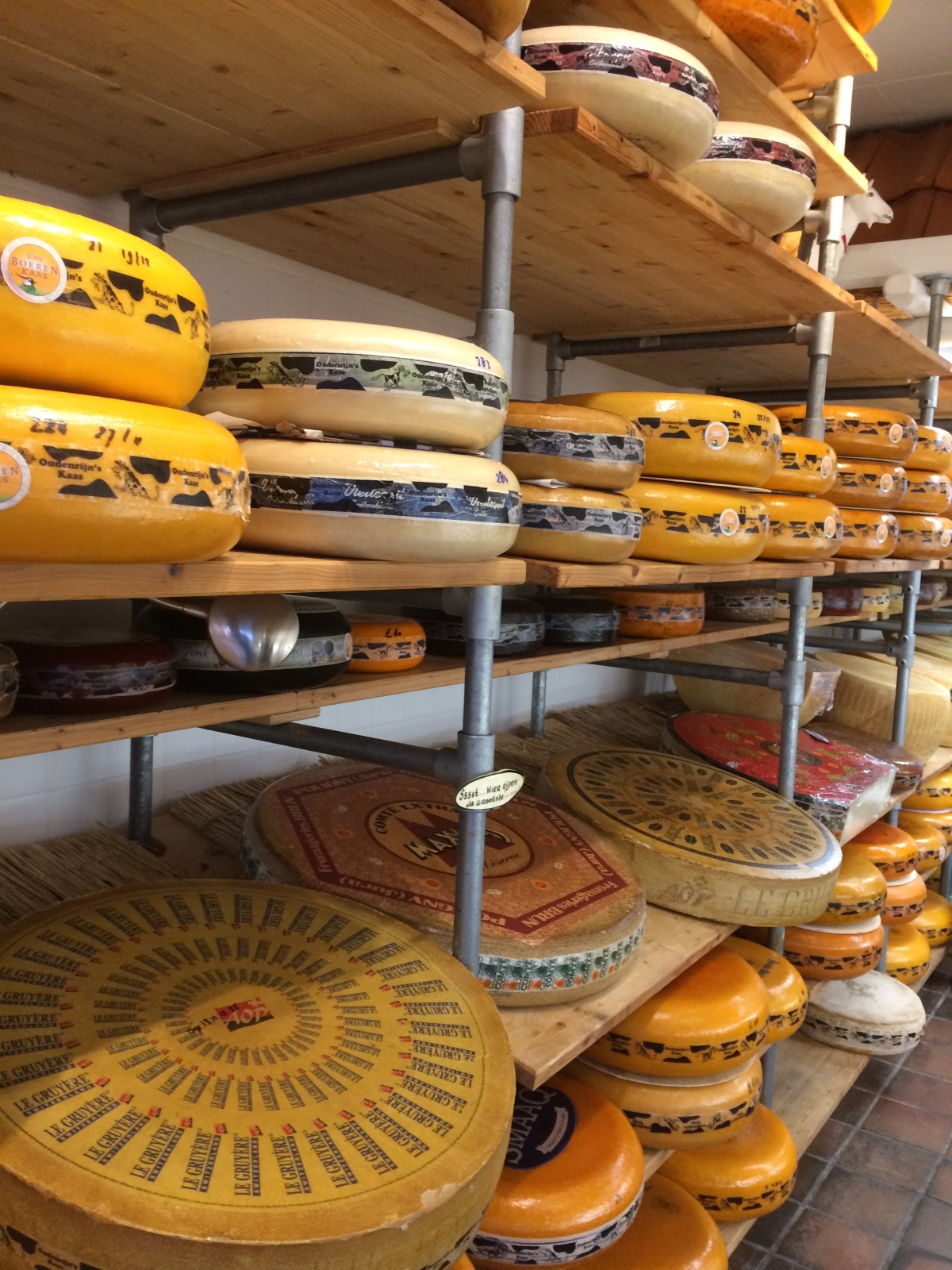
 Dutch cheese lines a shelf.
Dutch cheese lines a shelf.